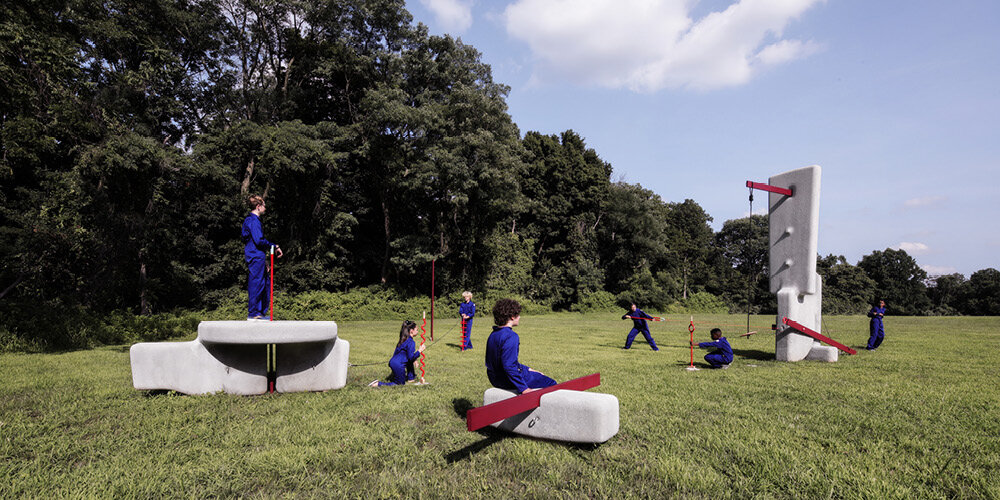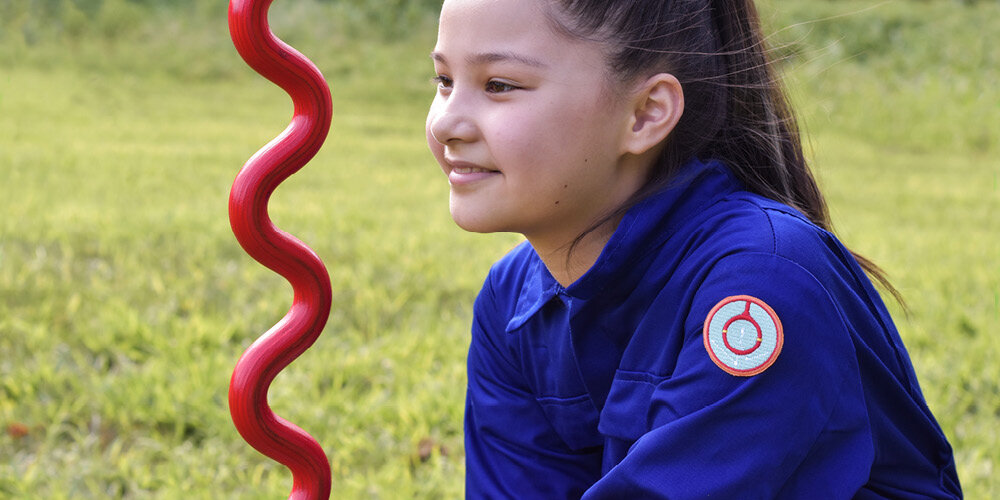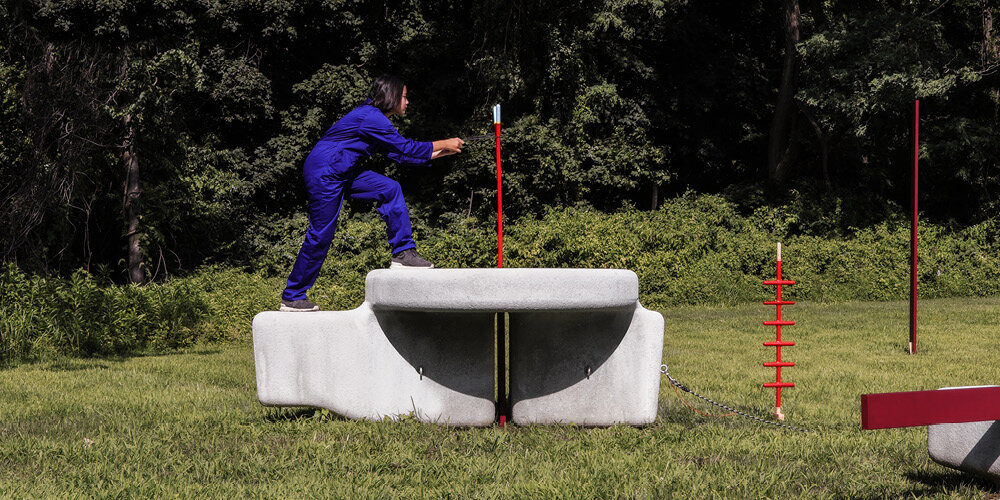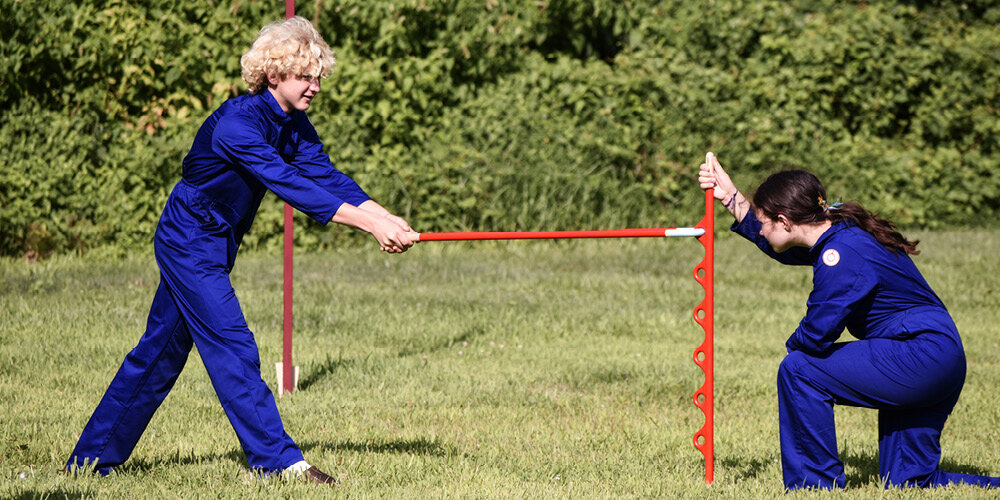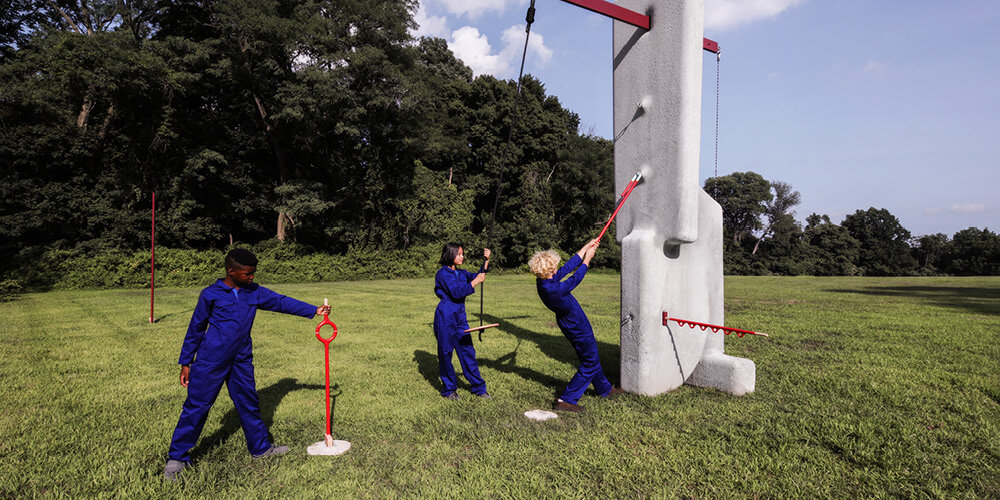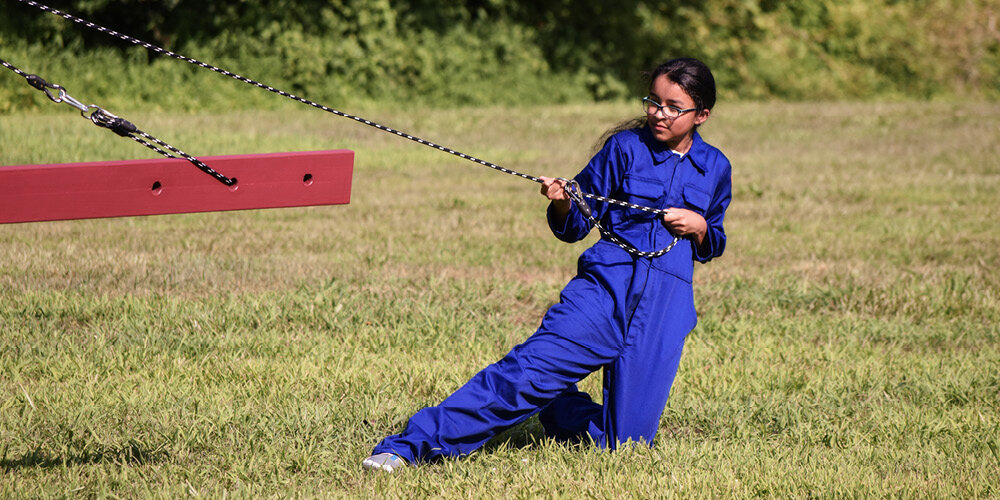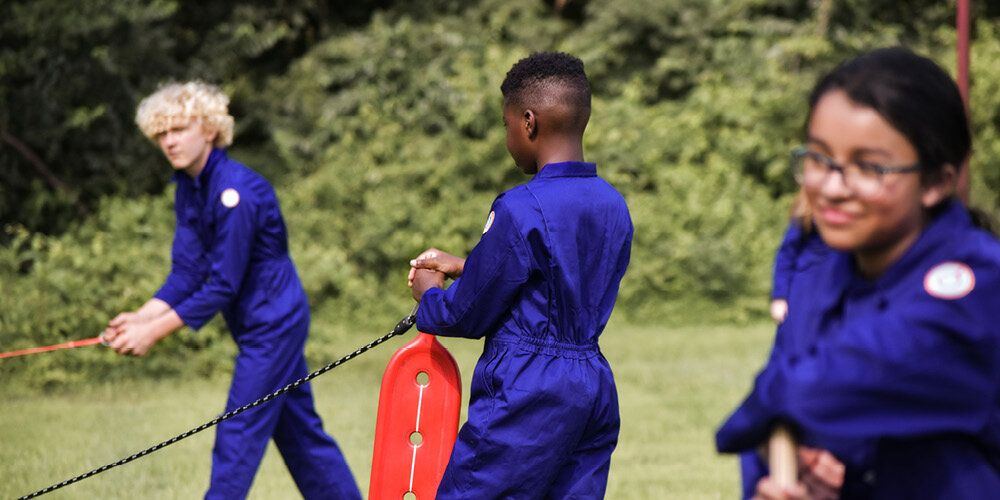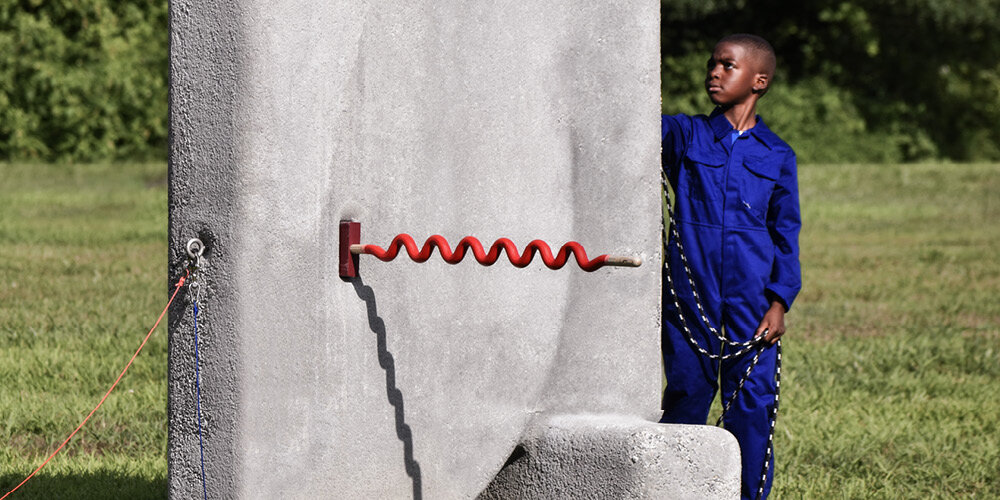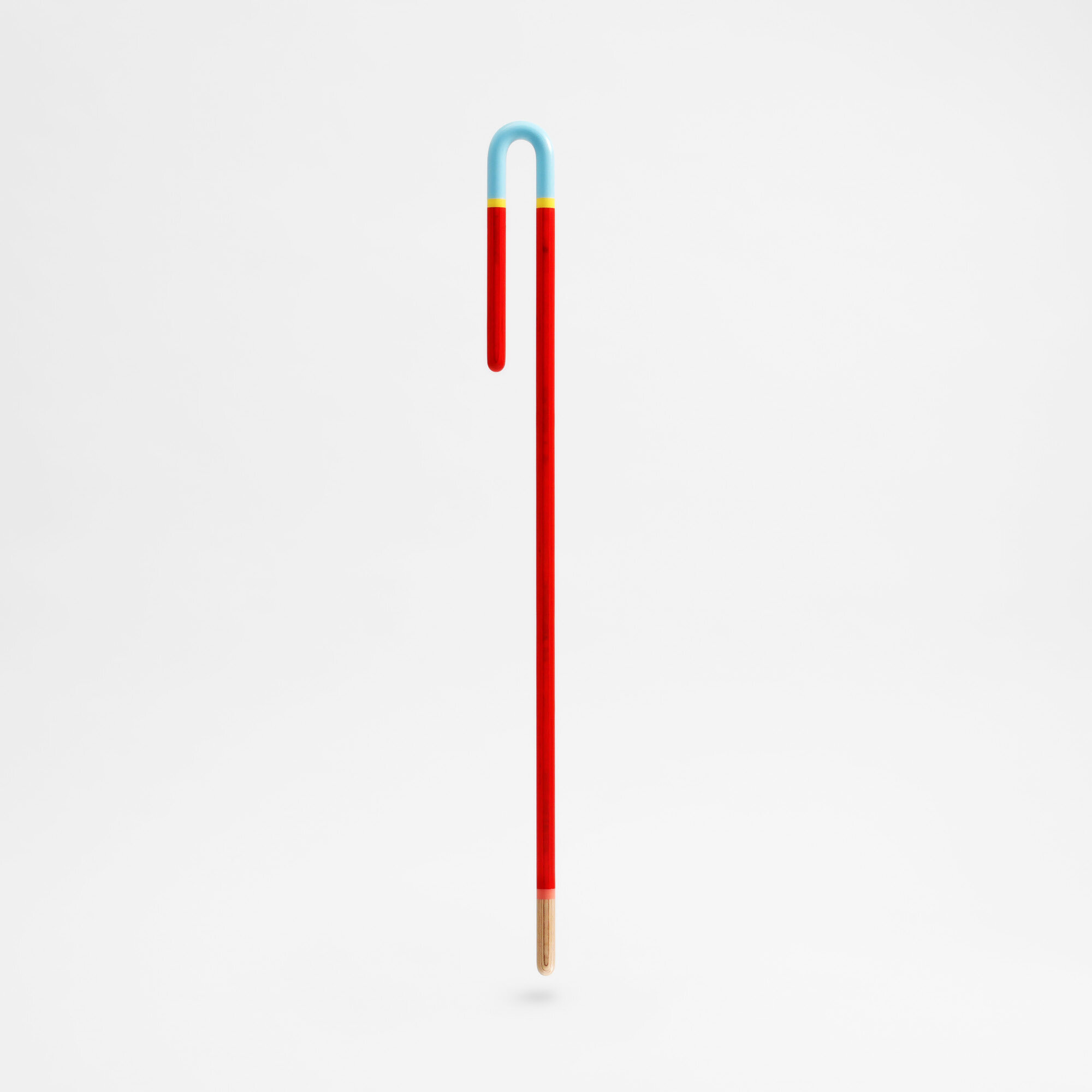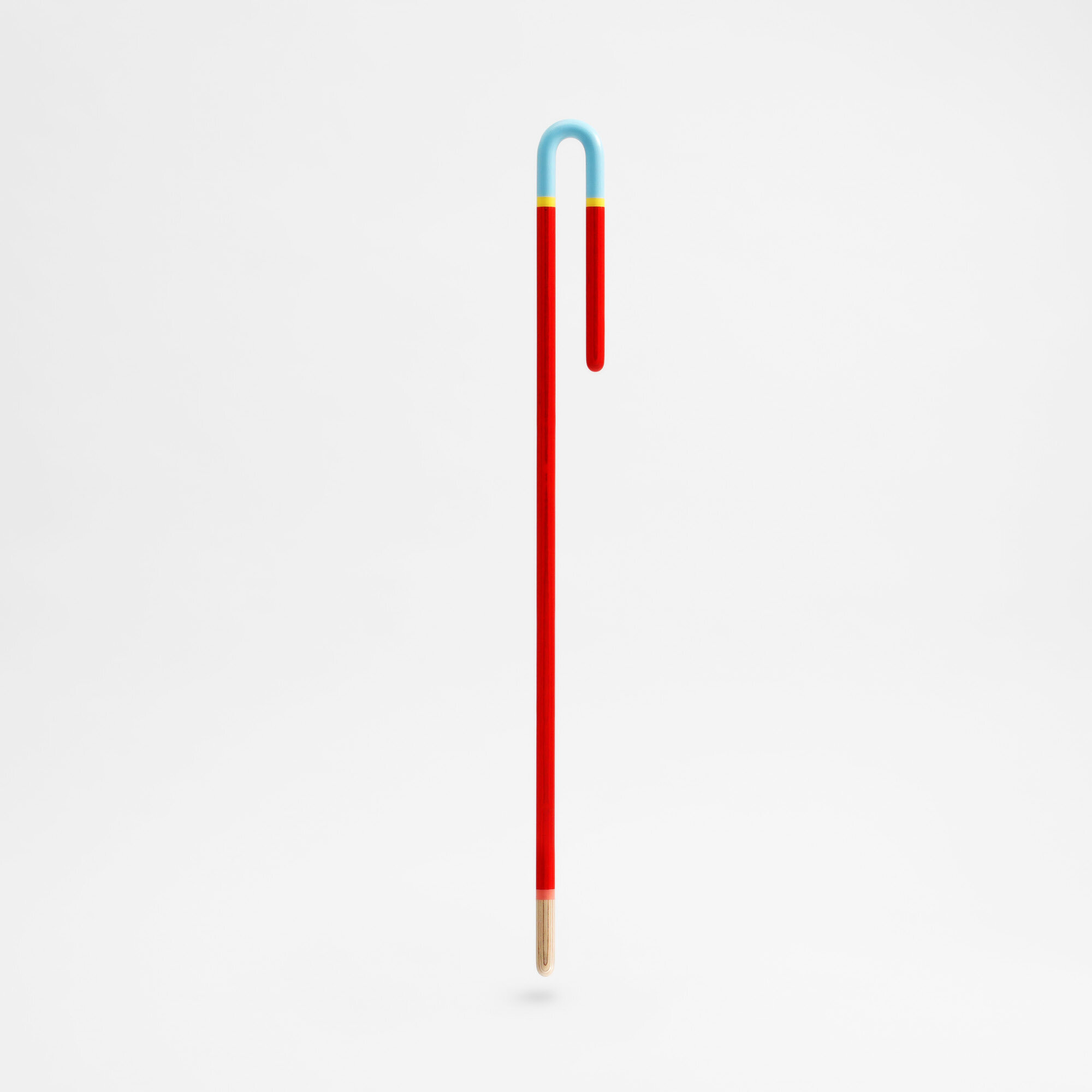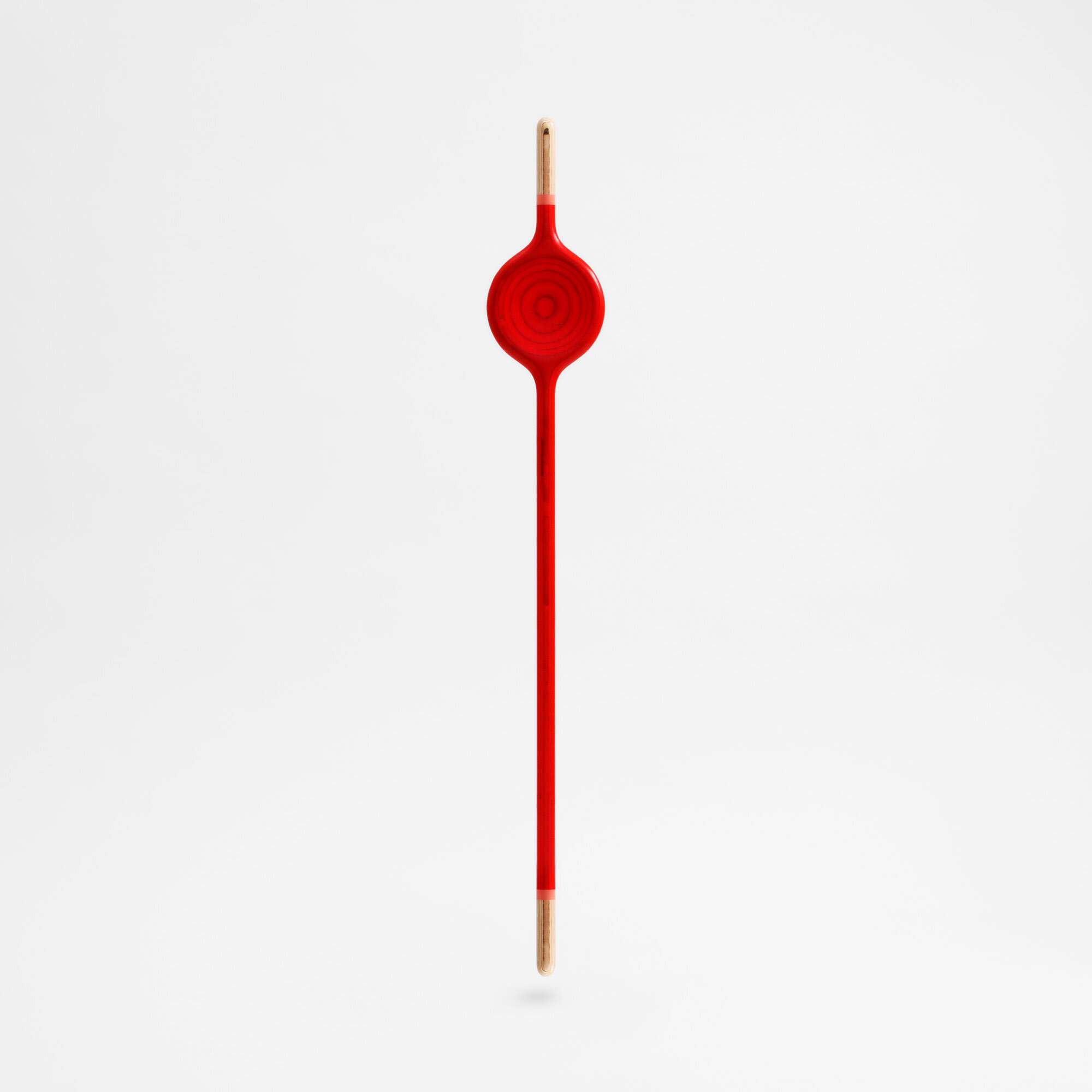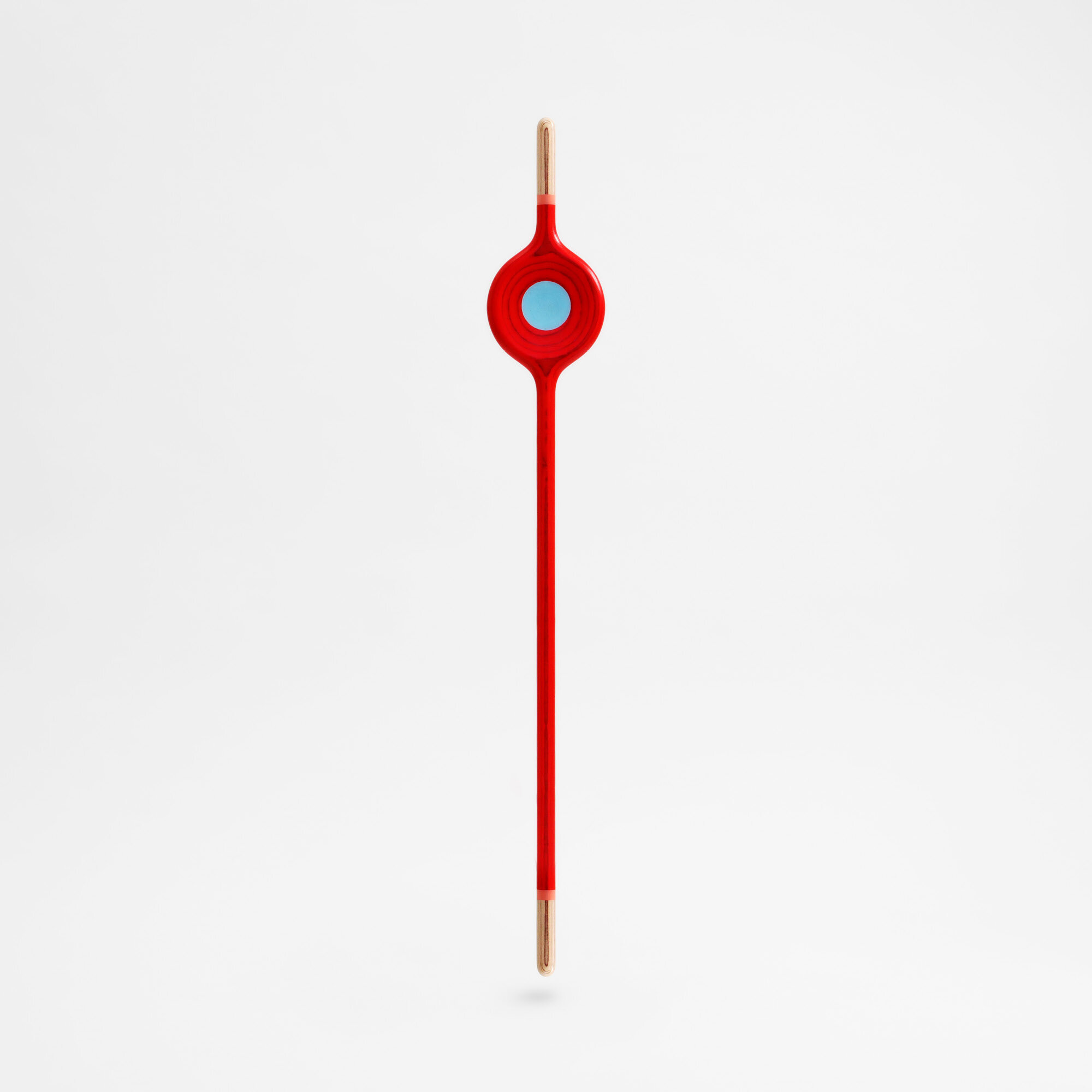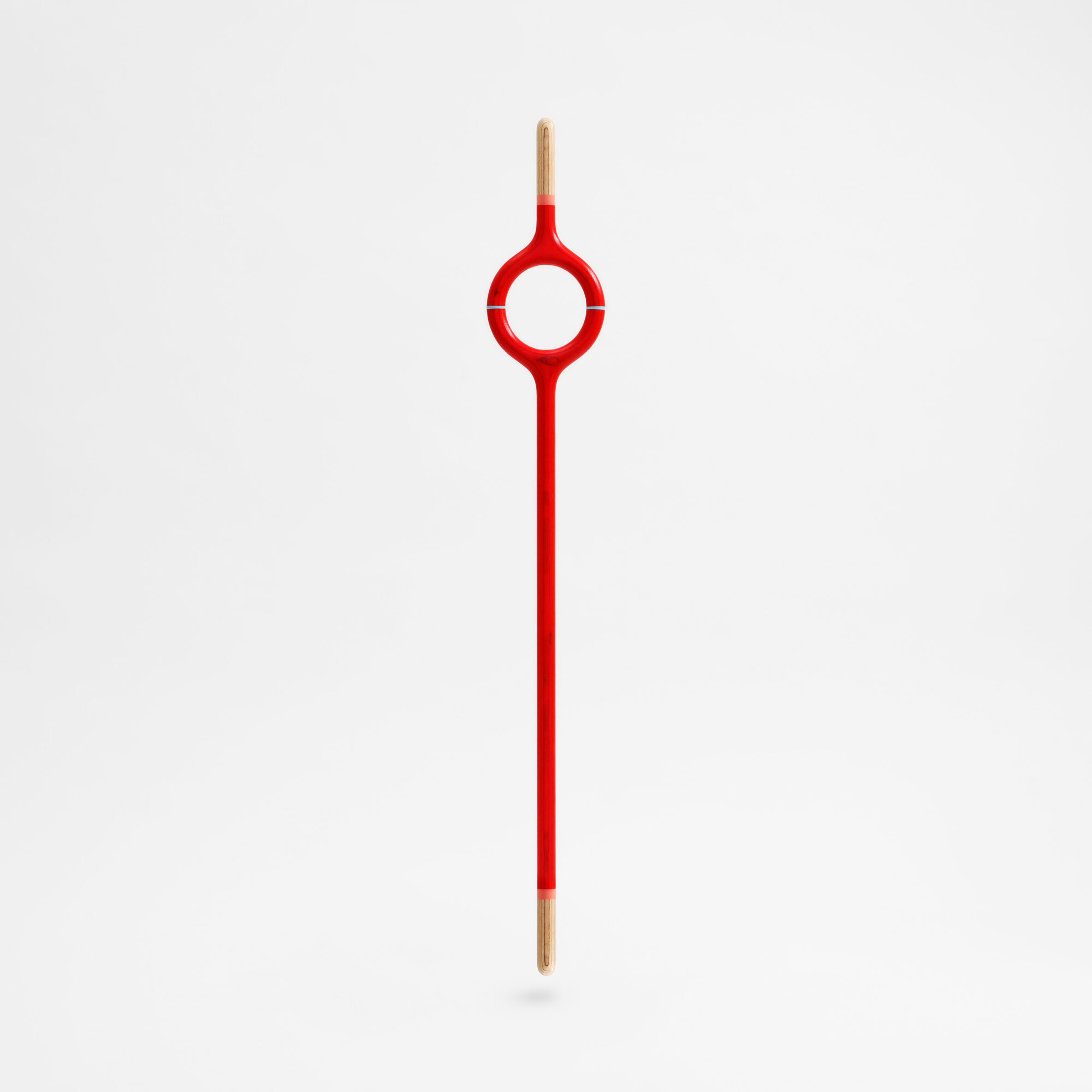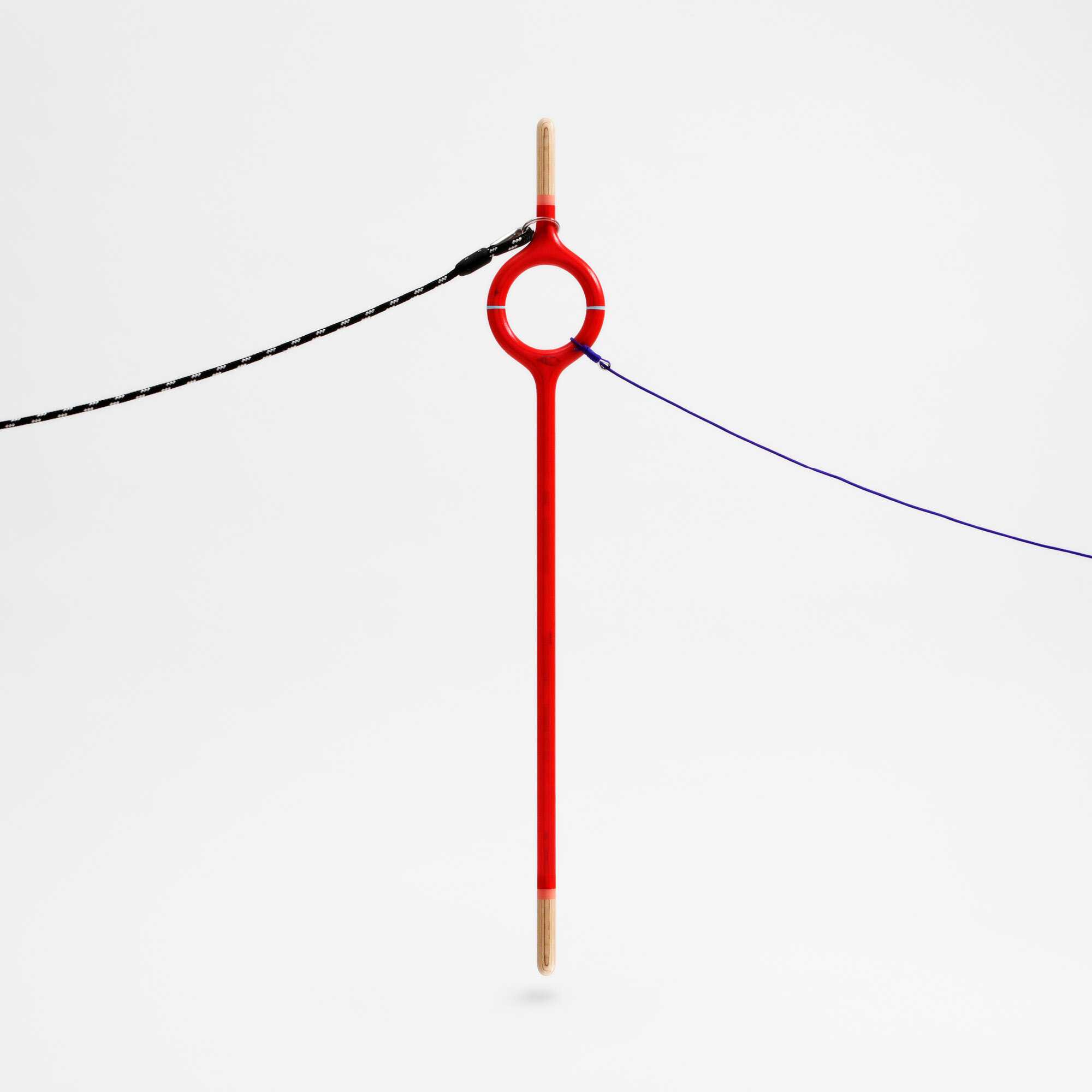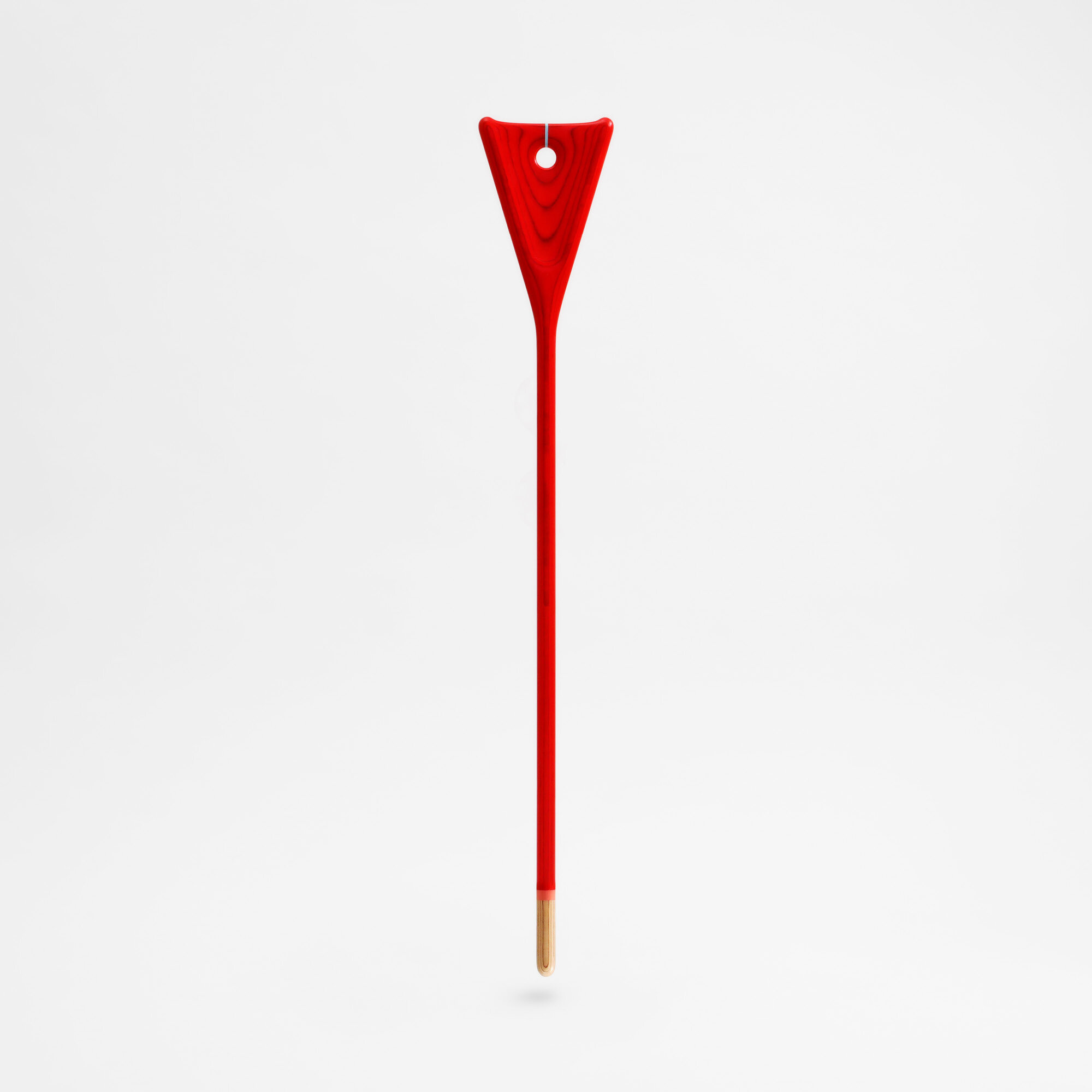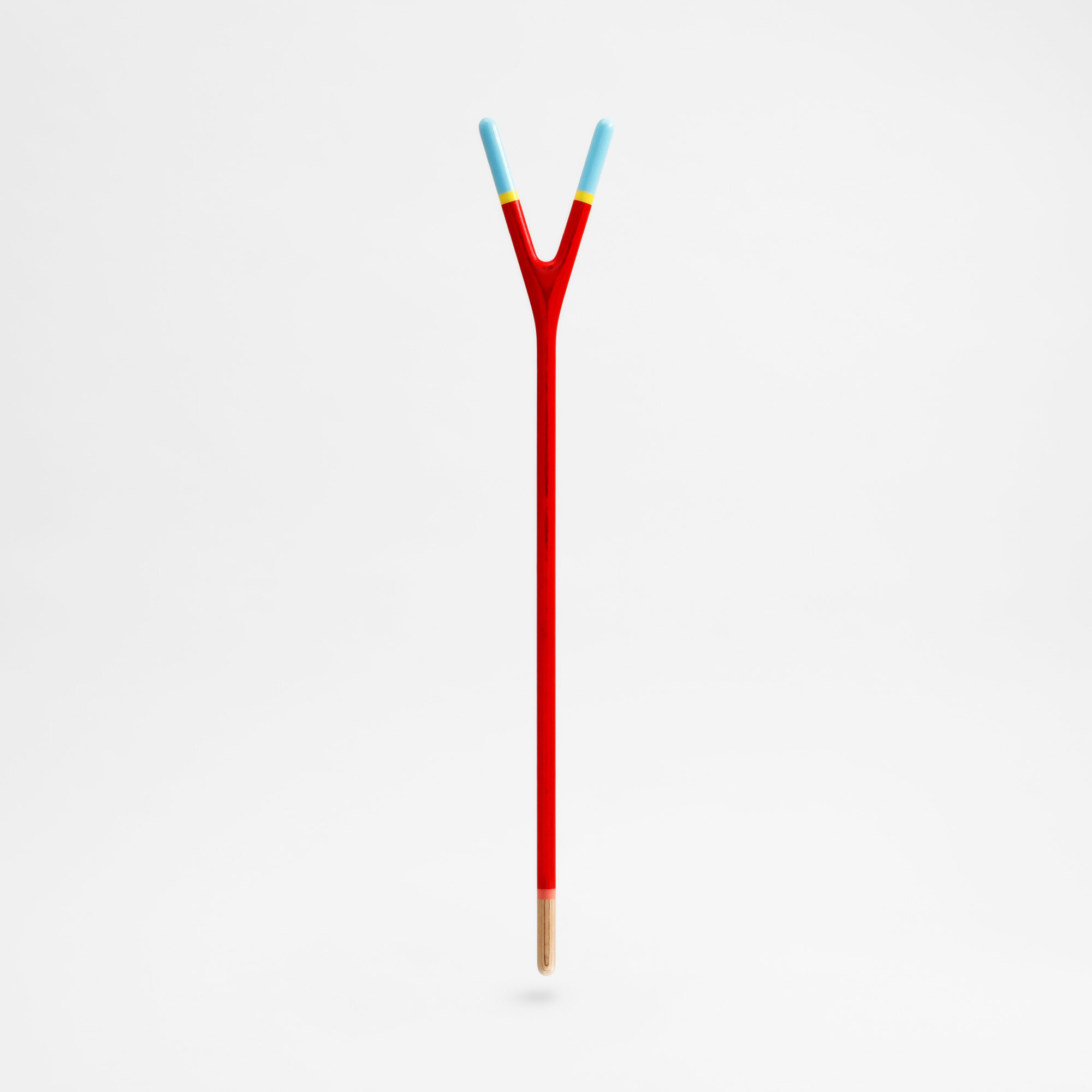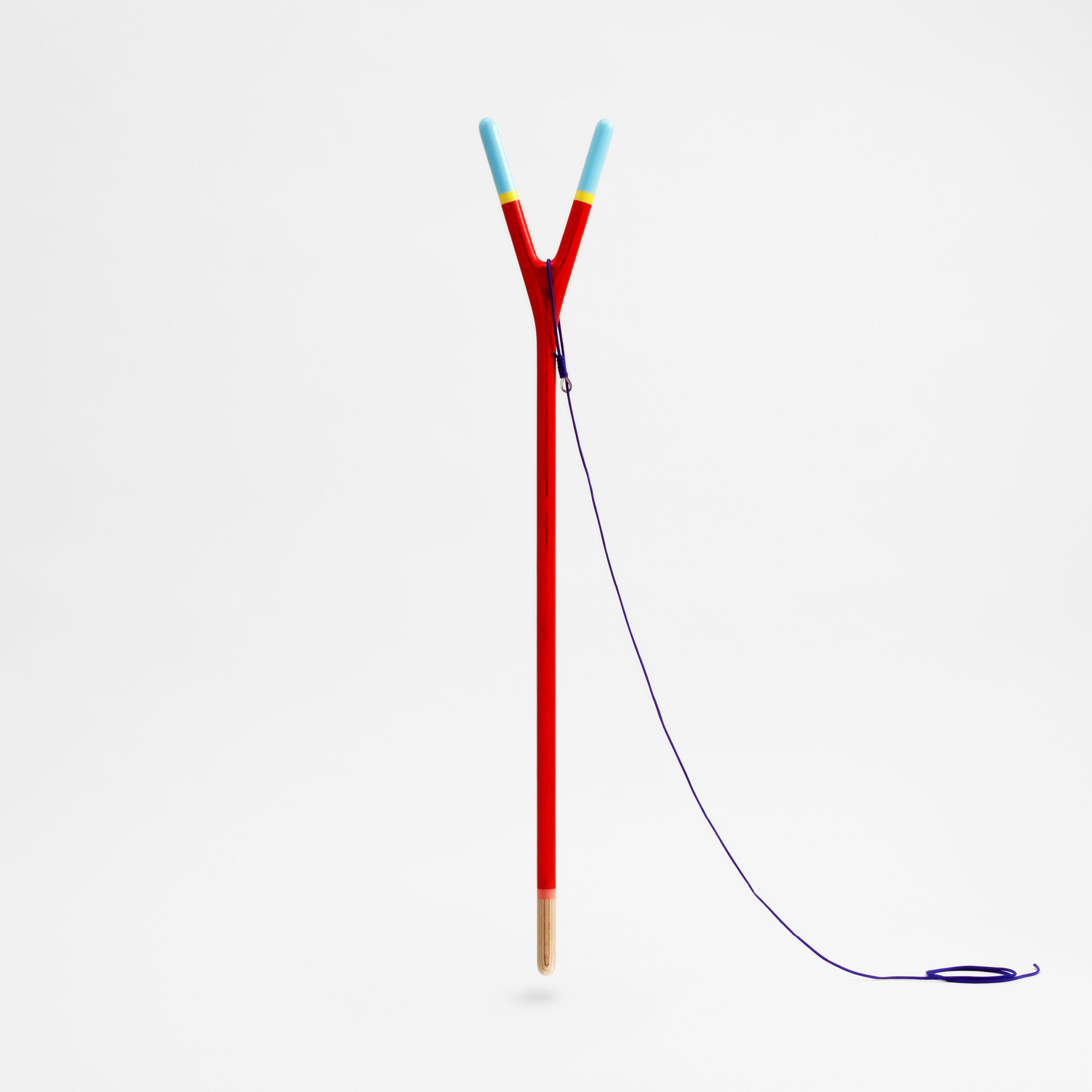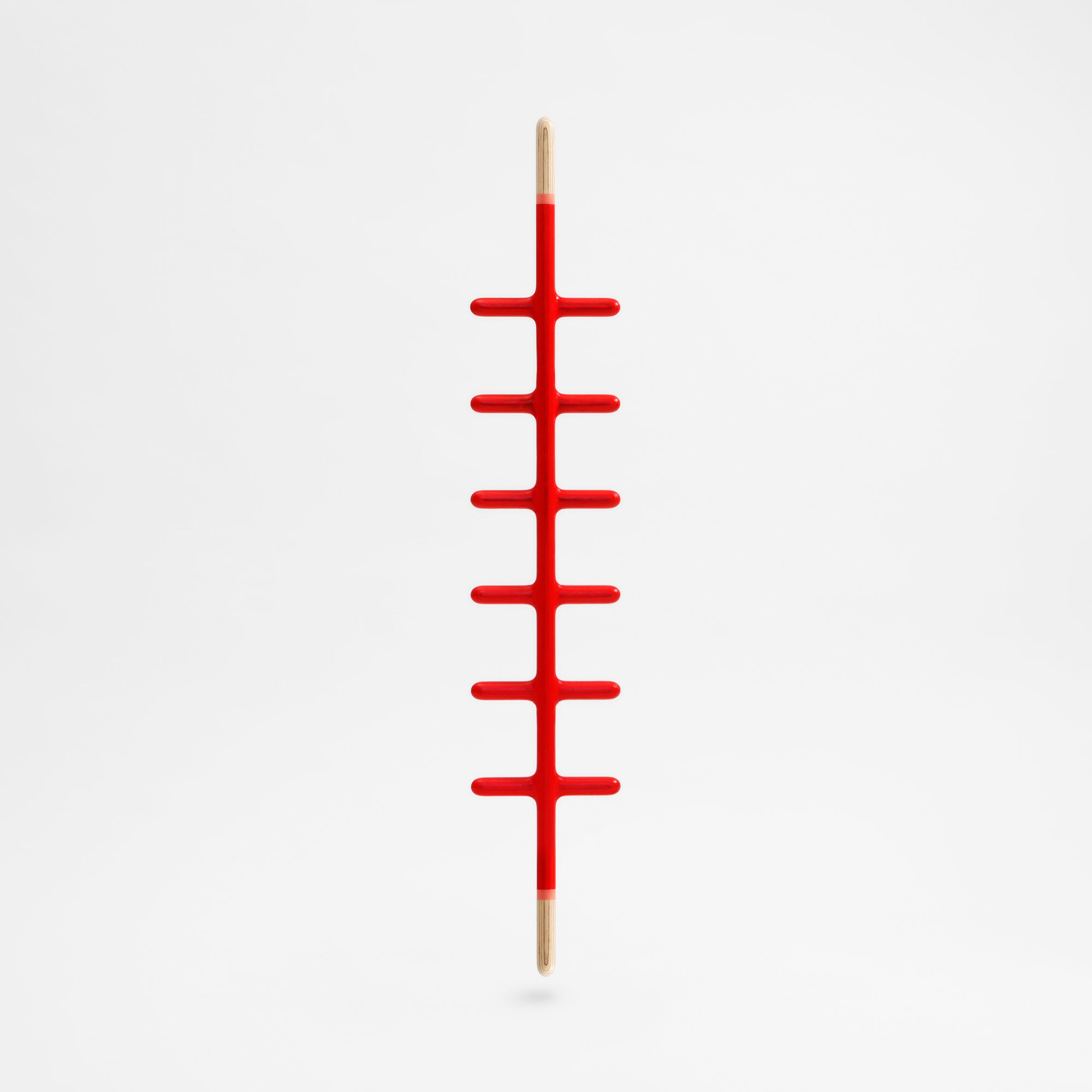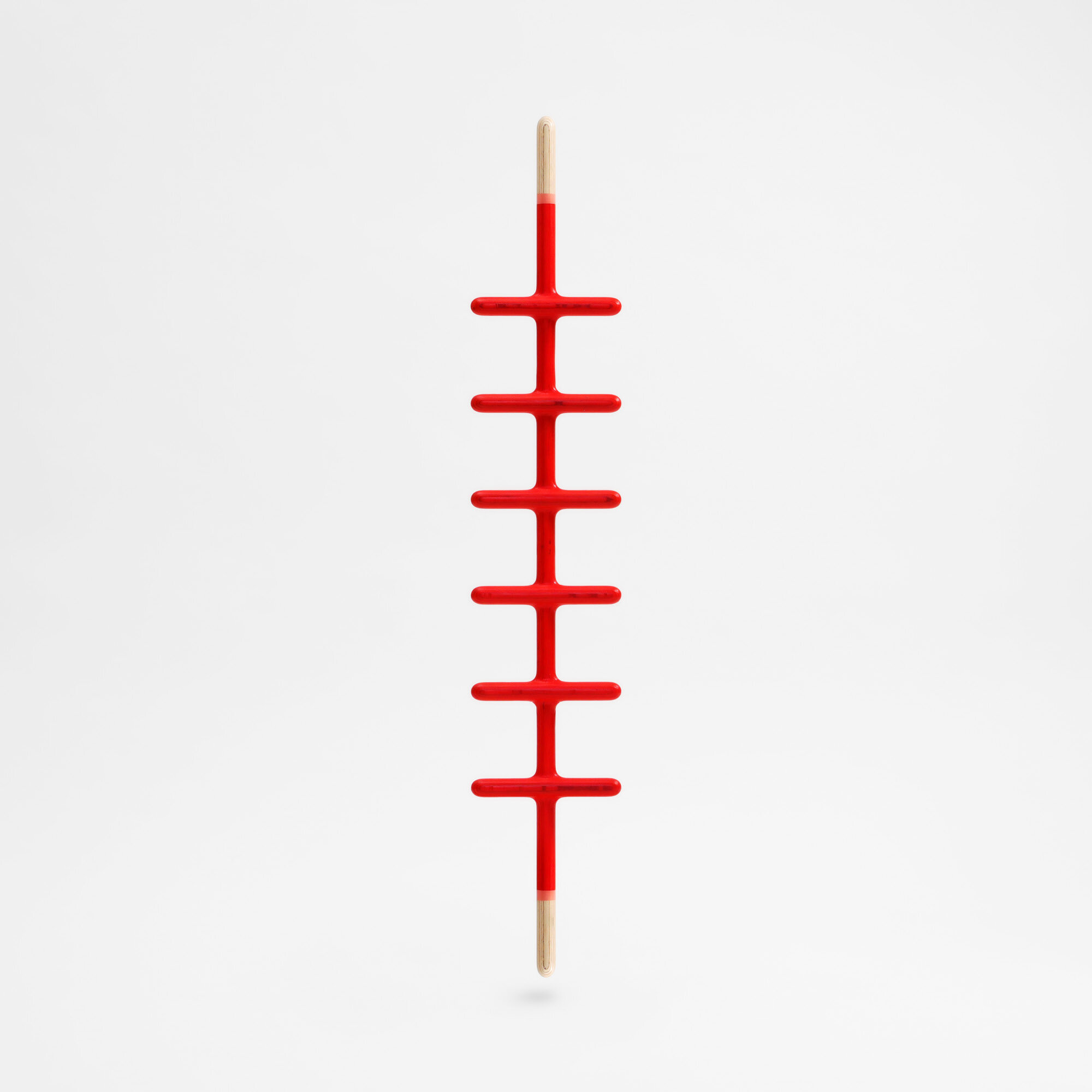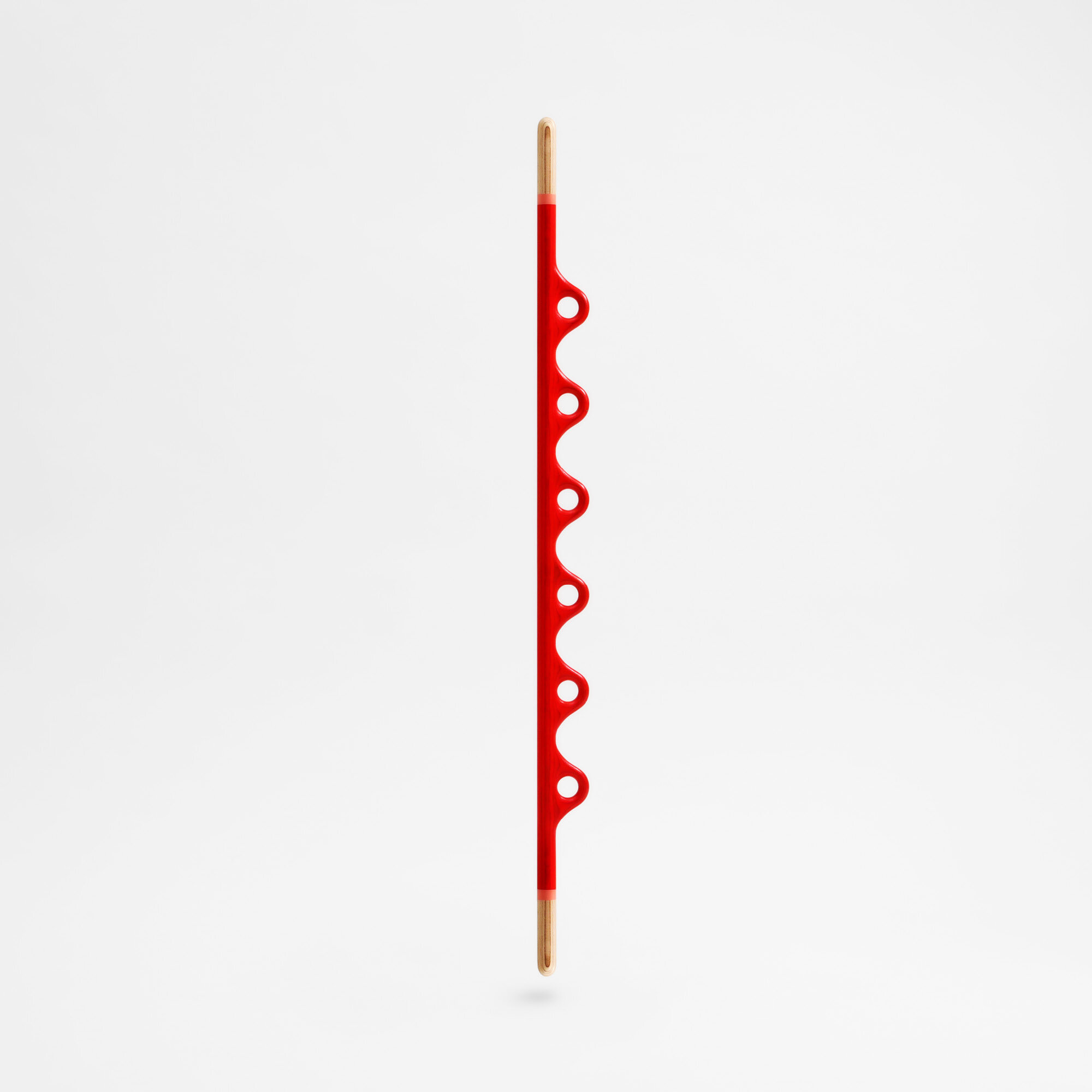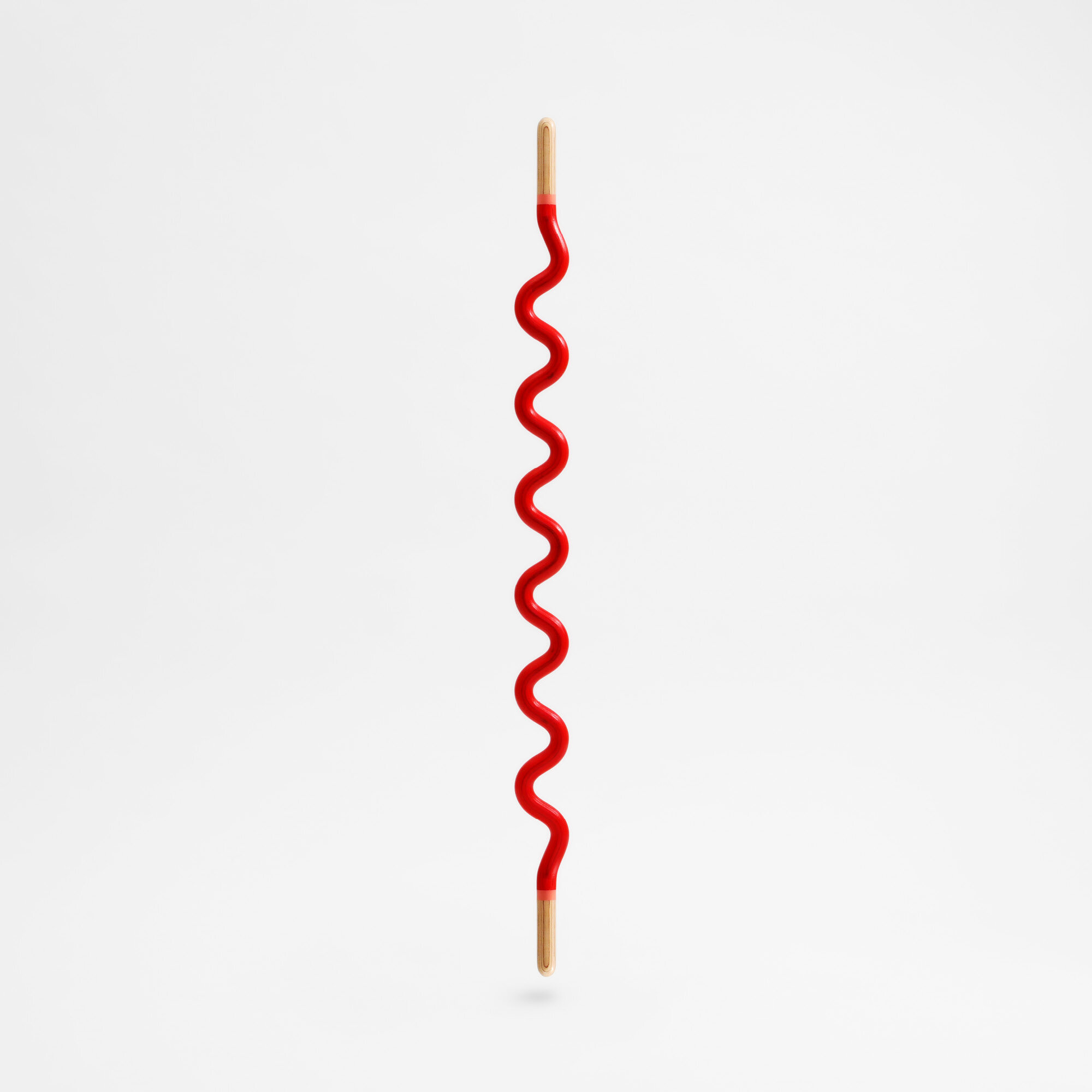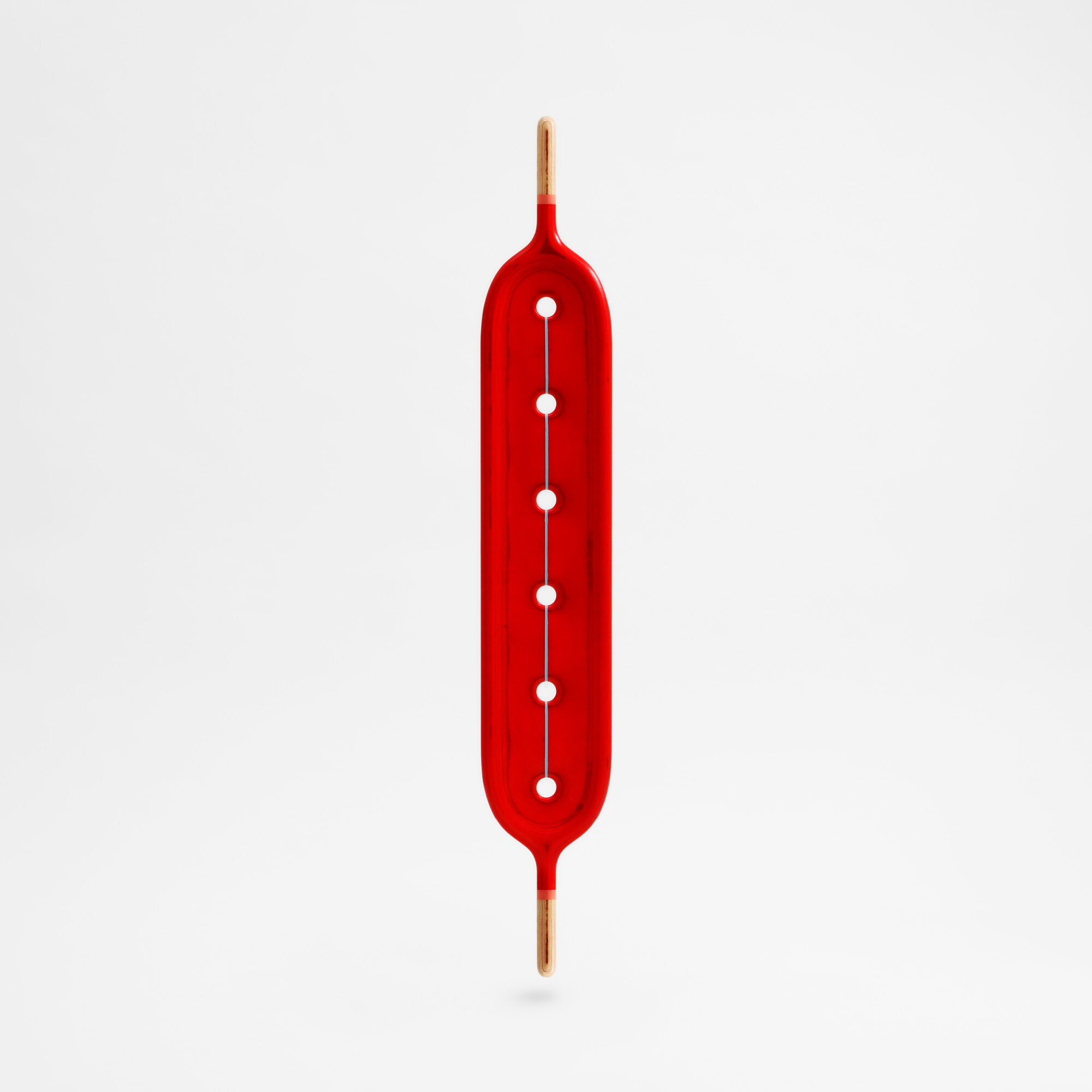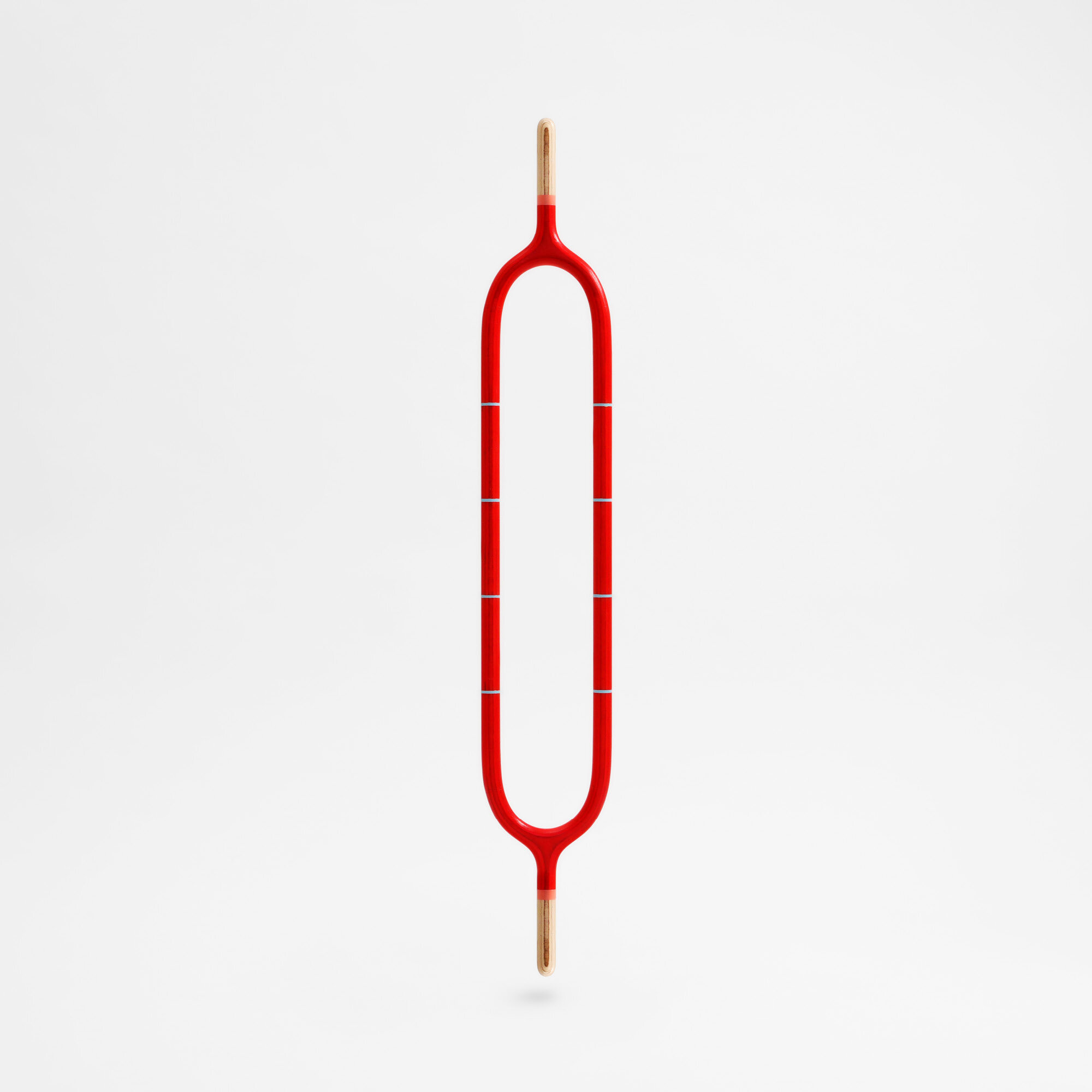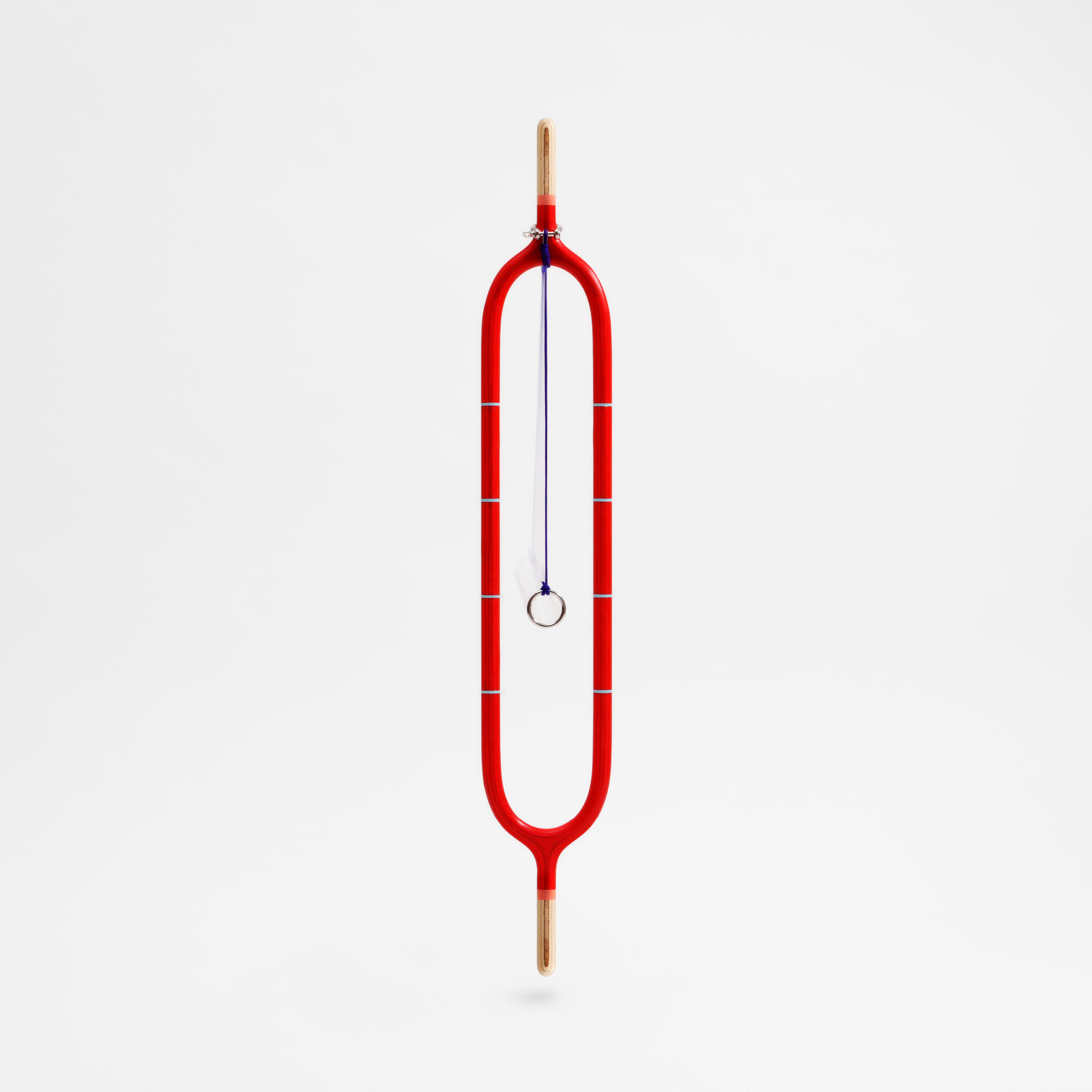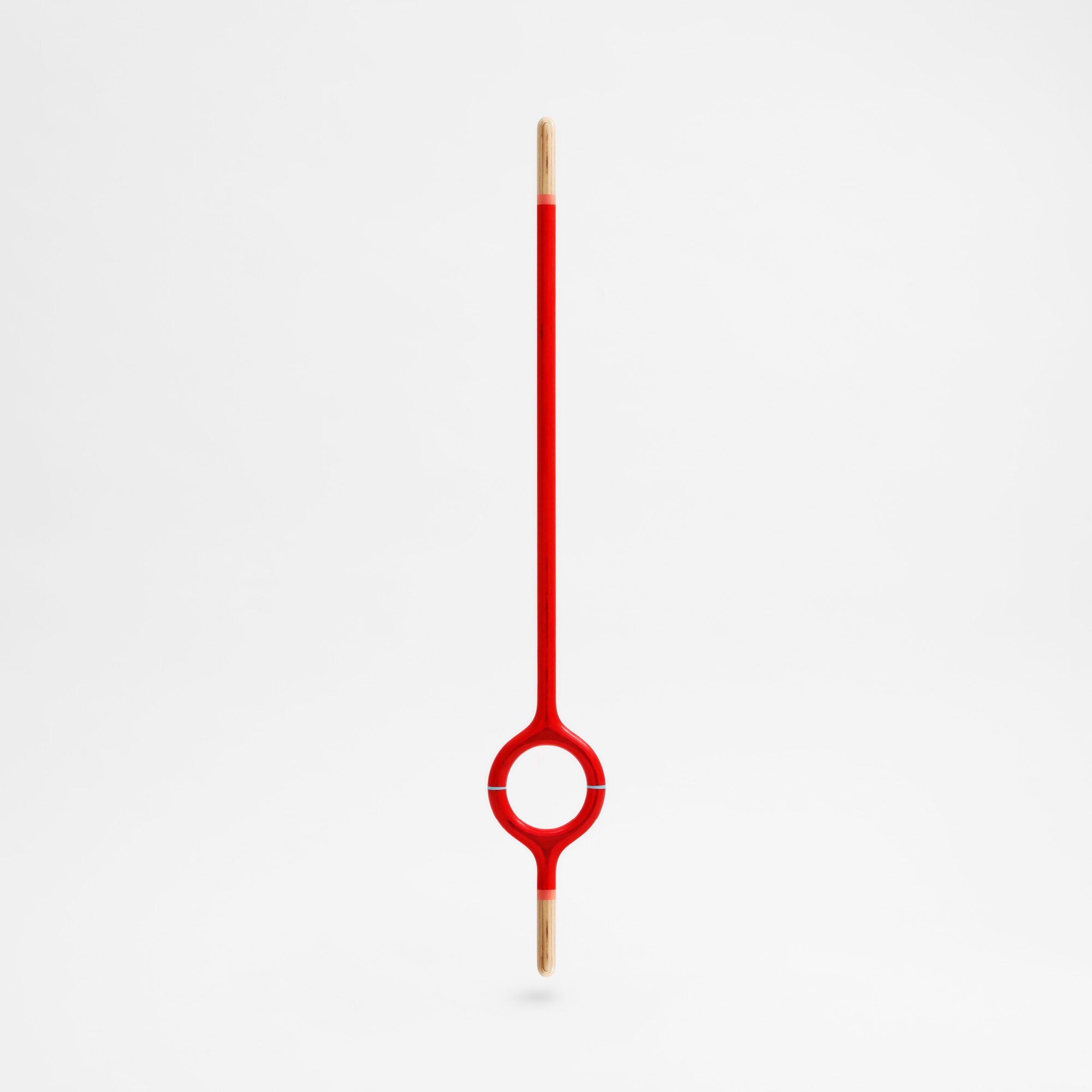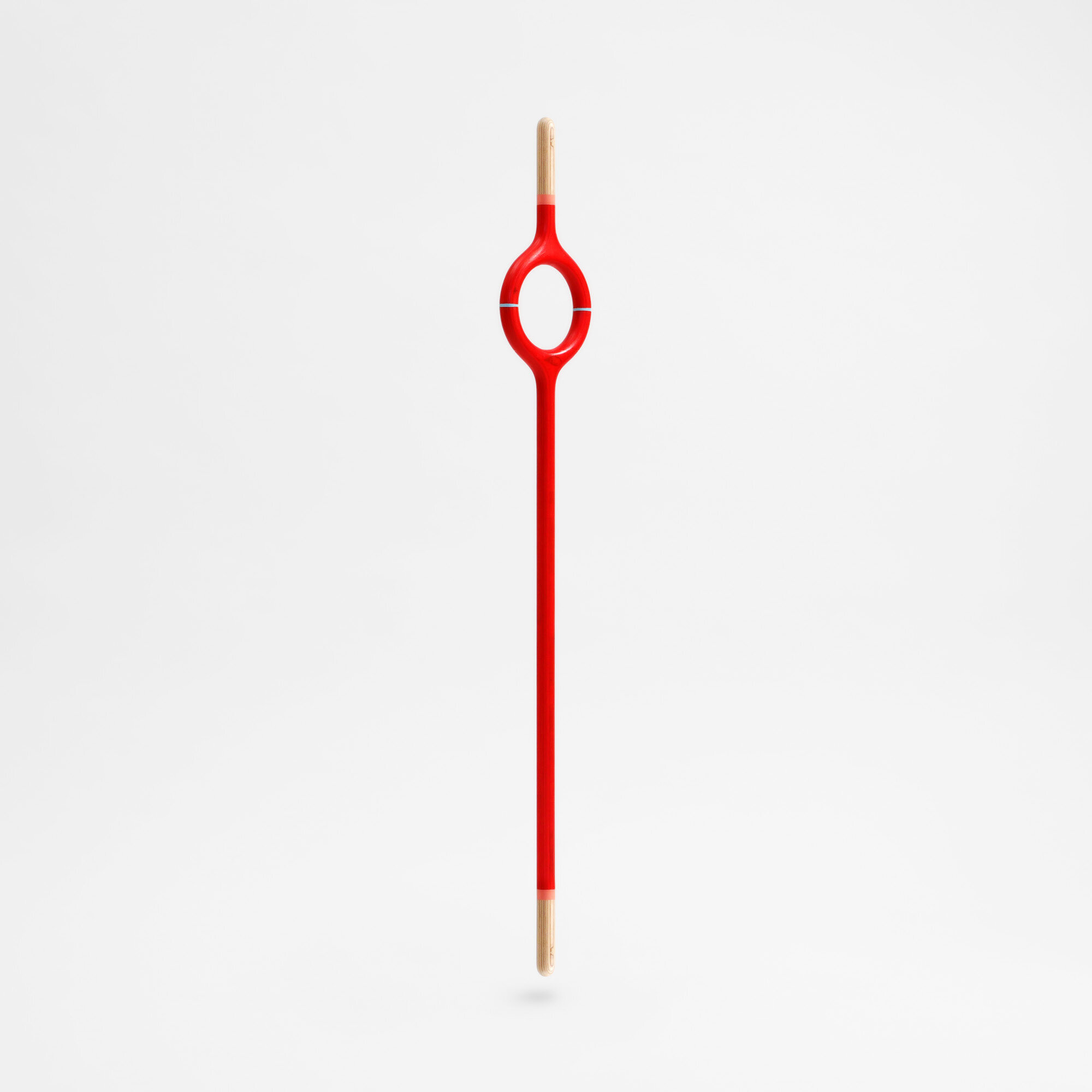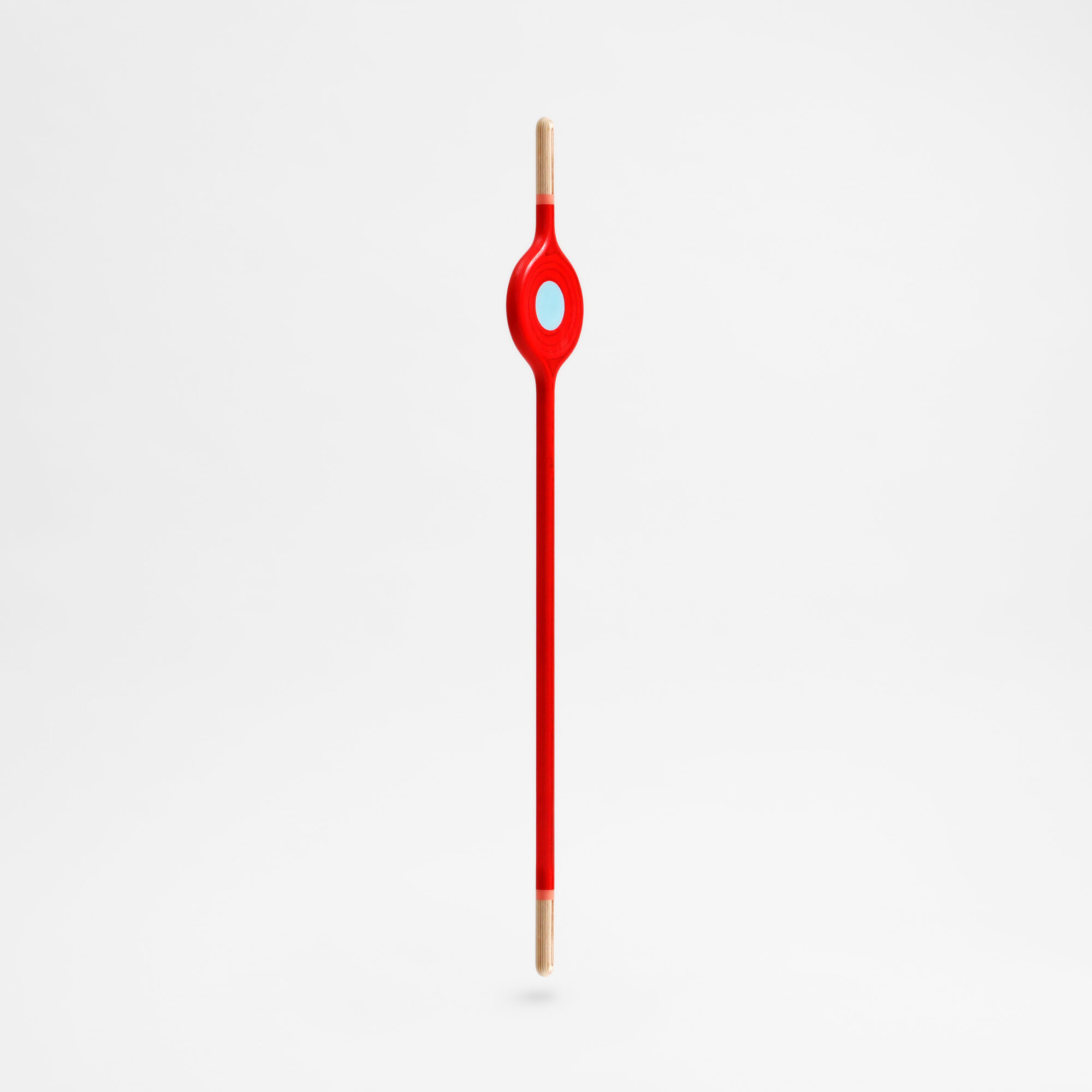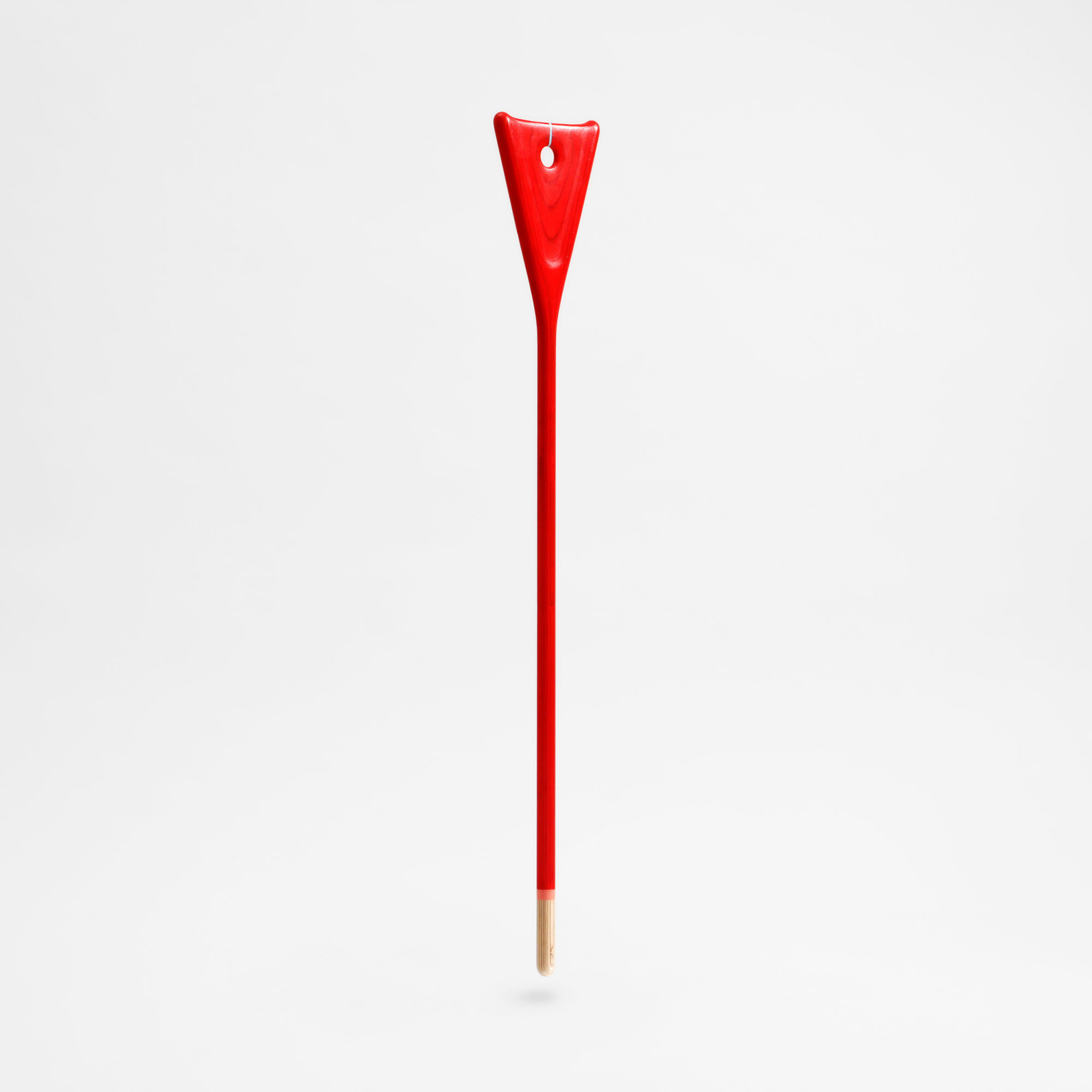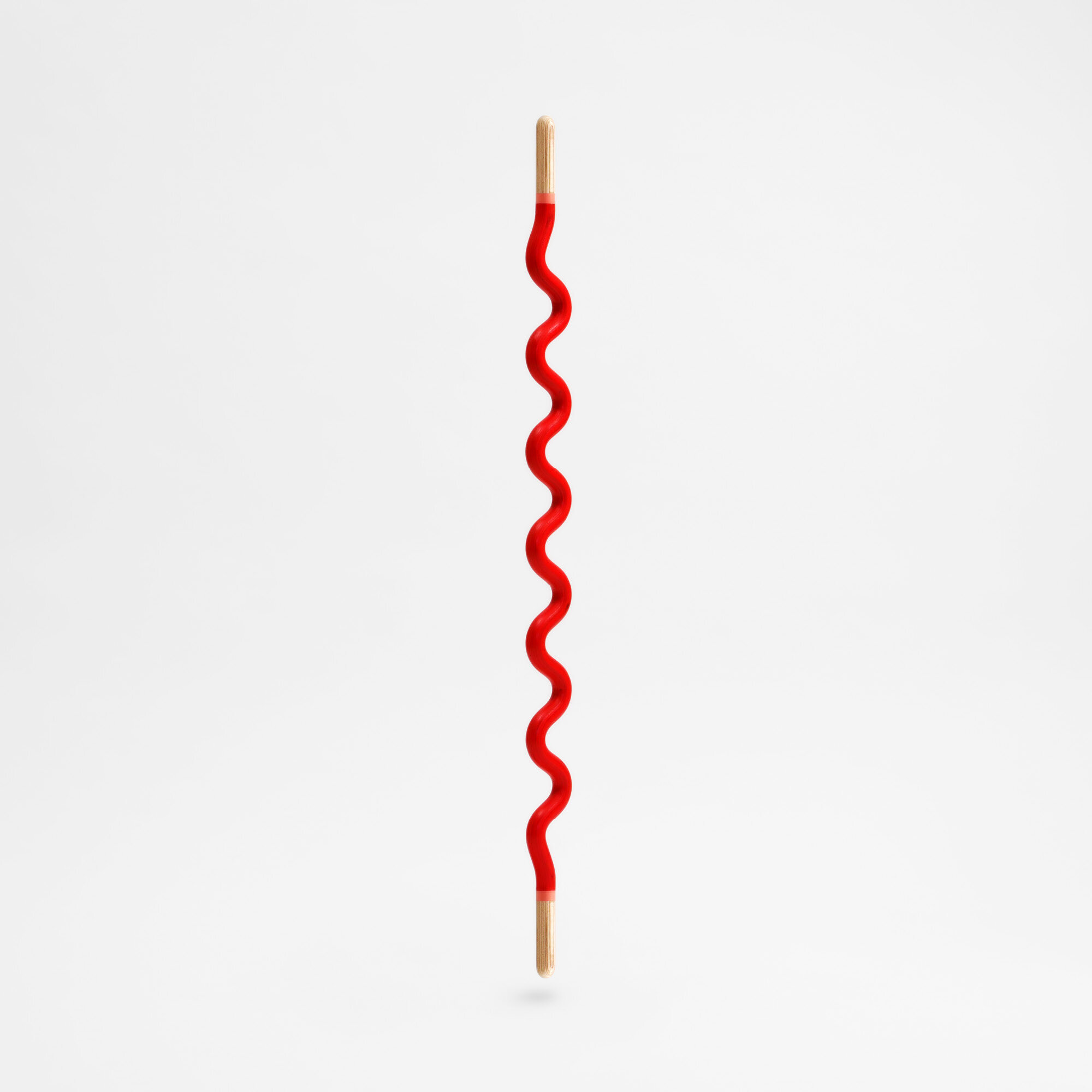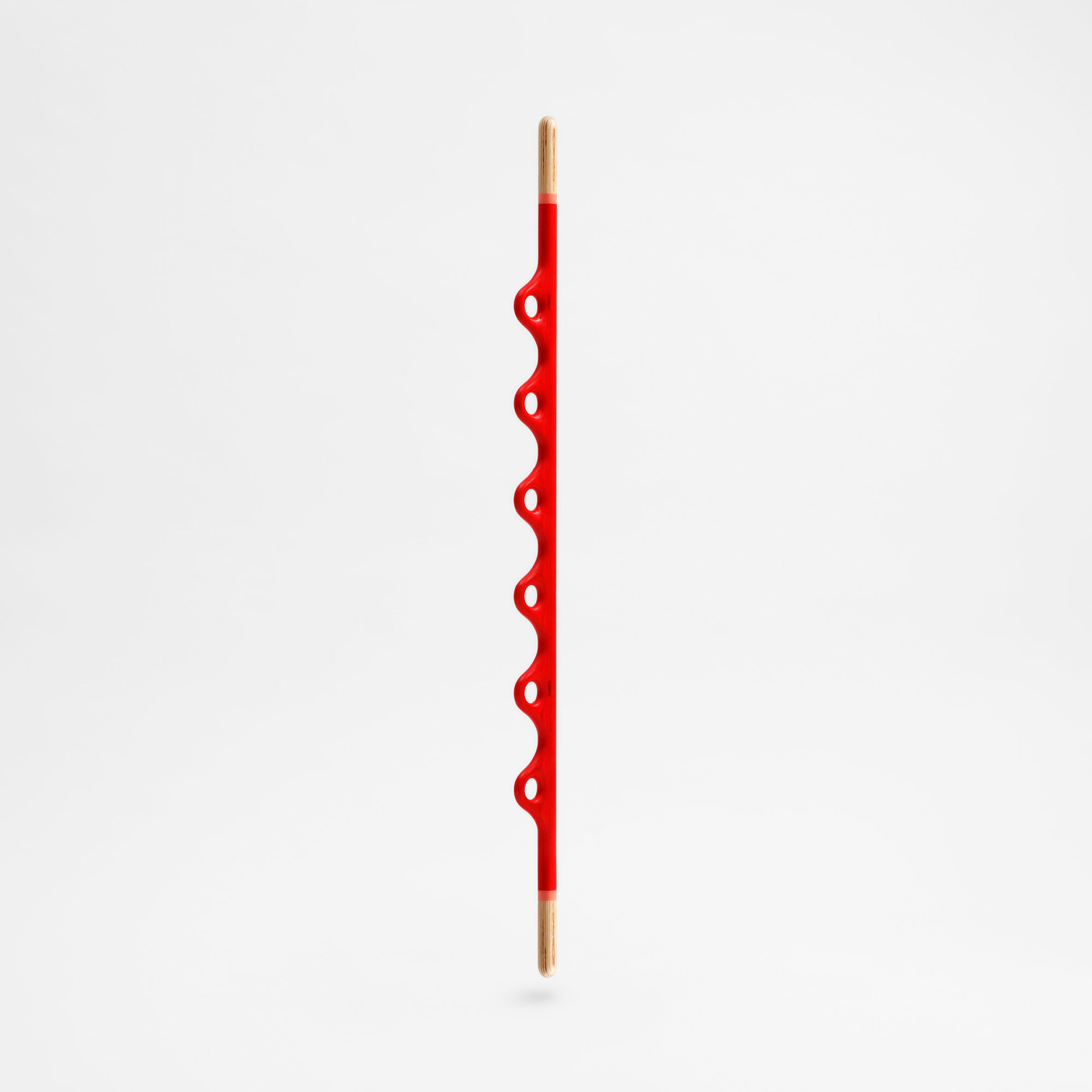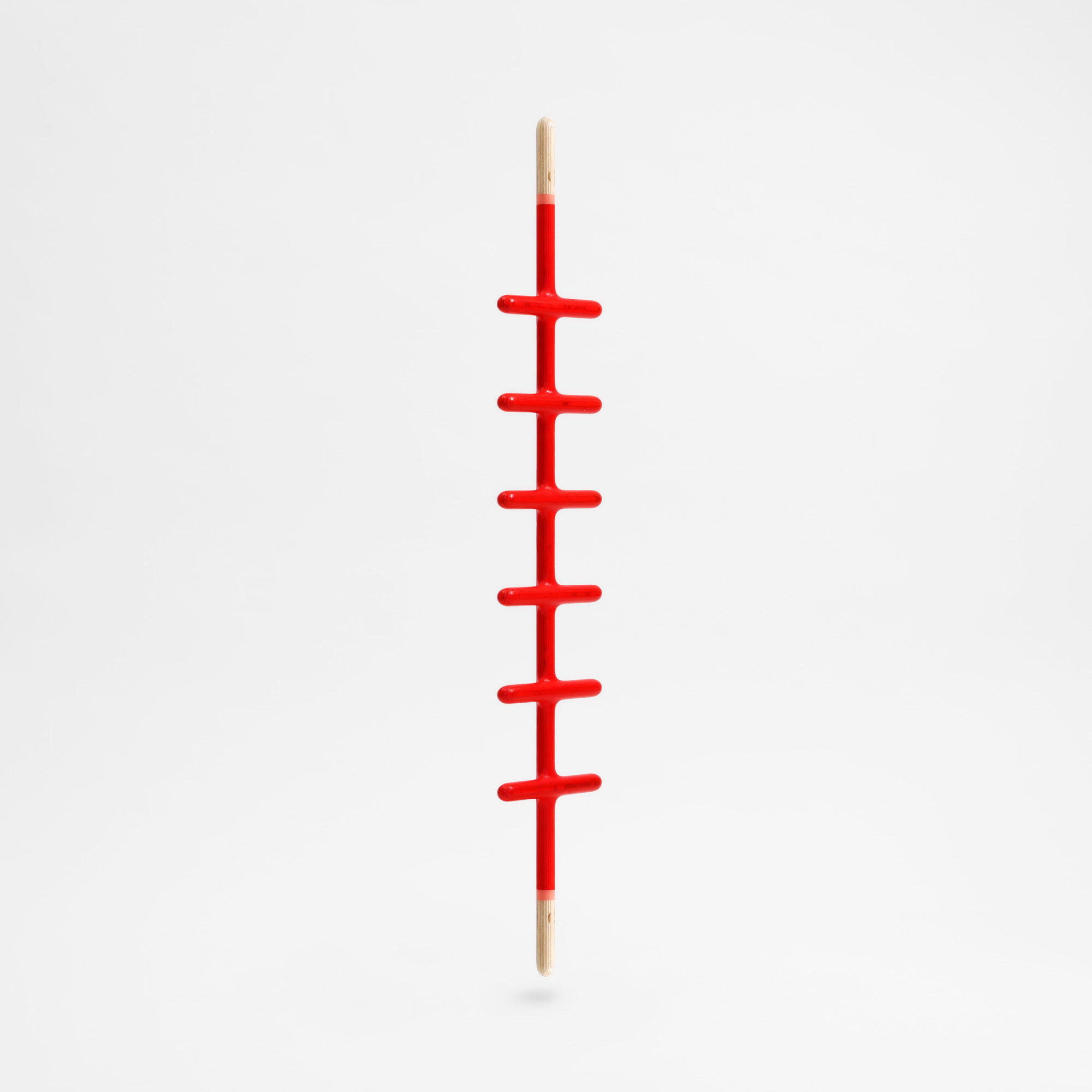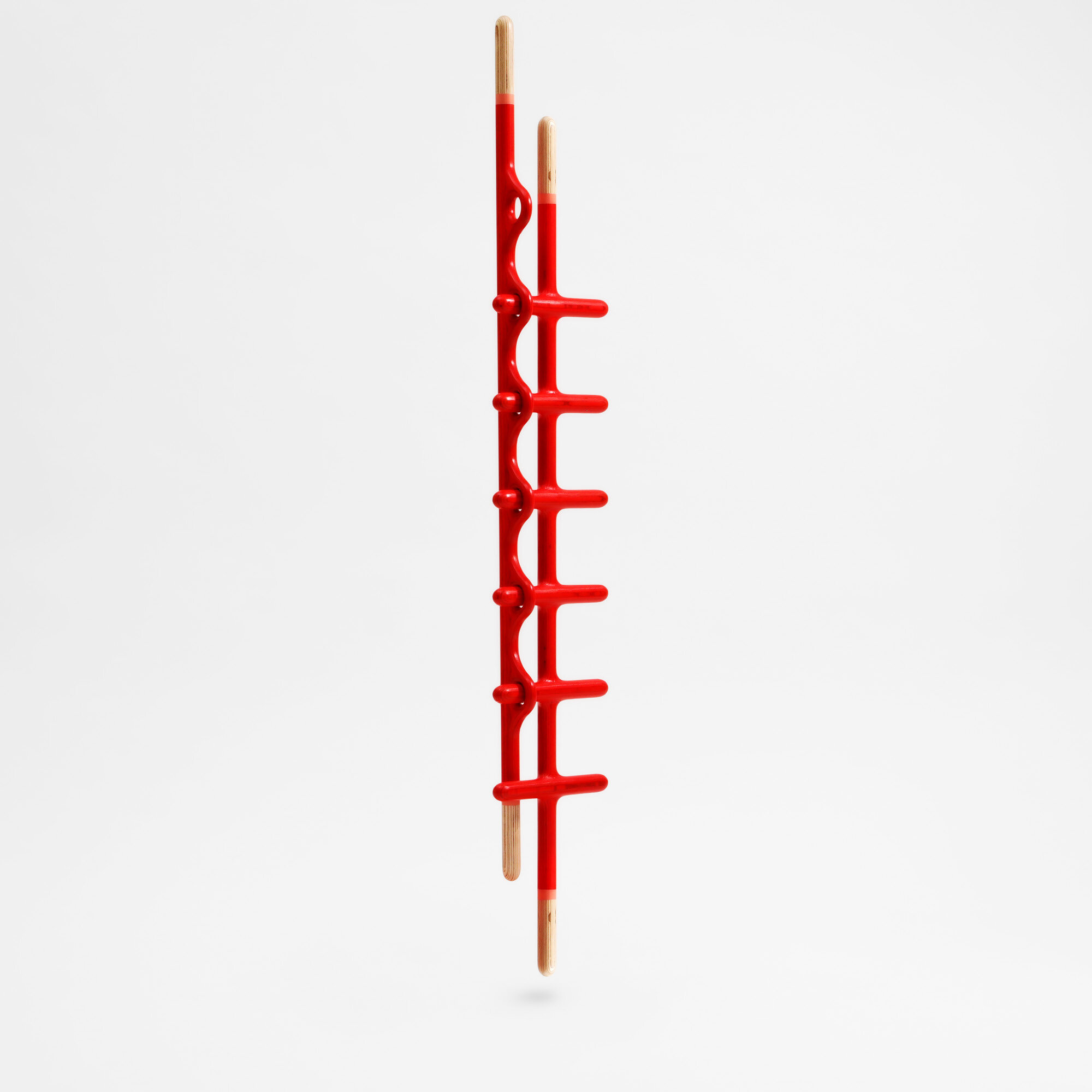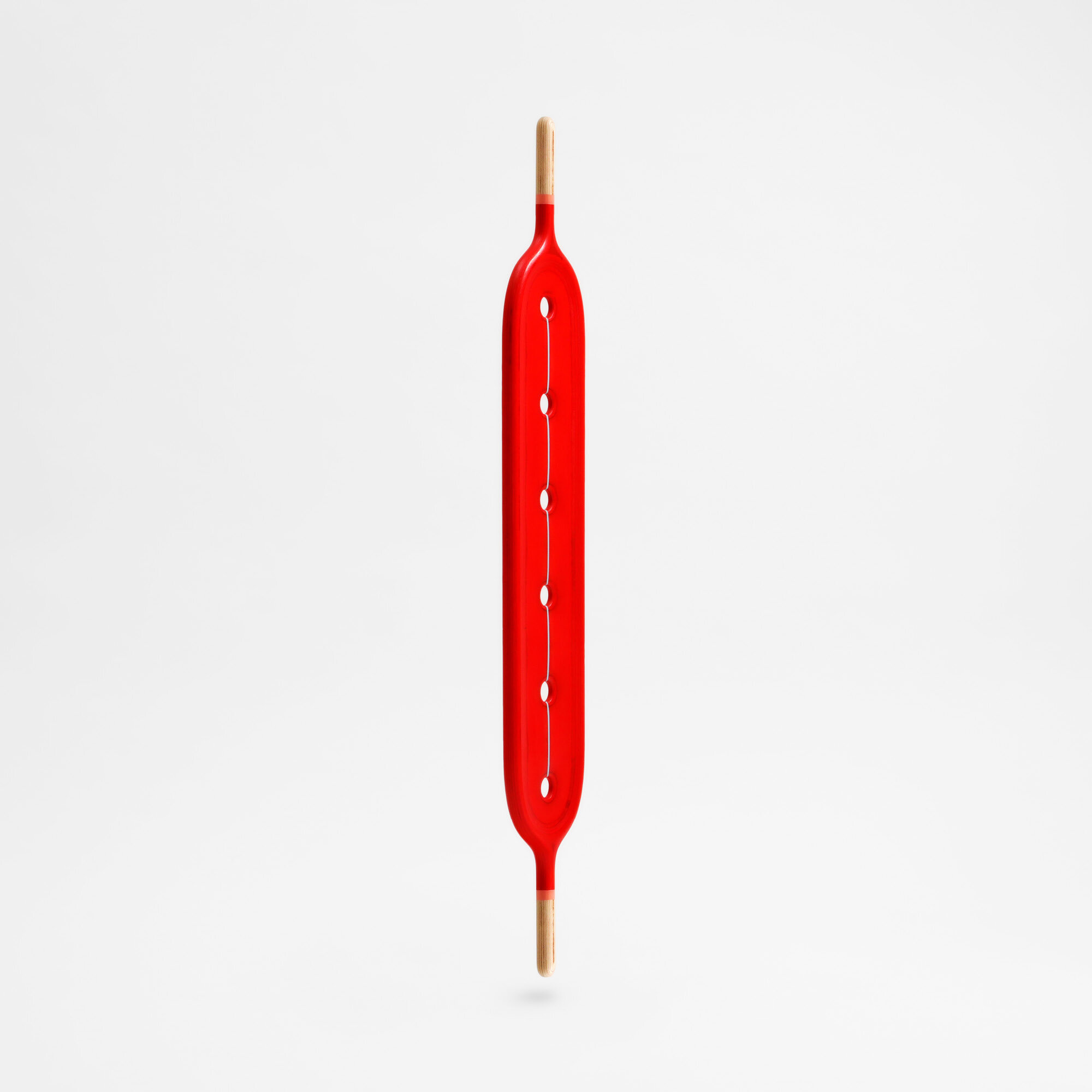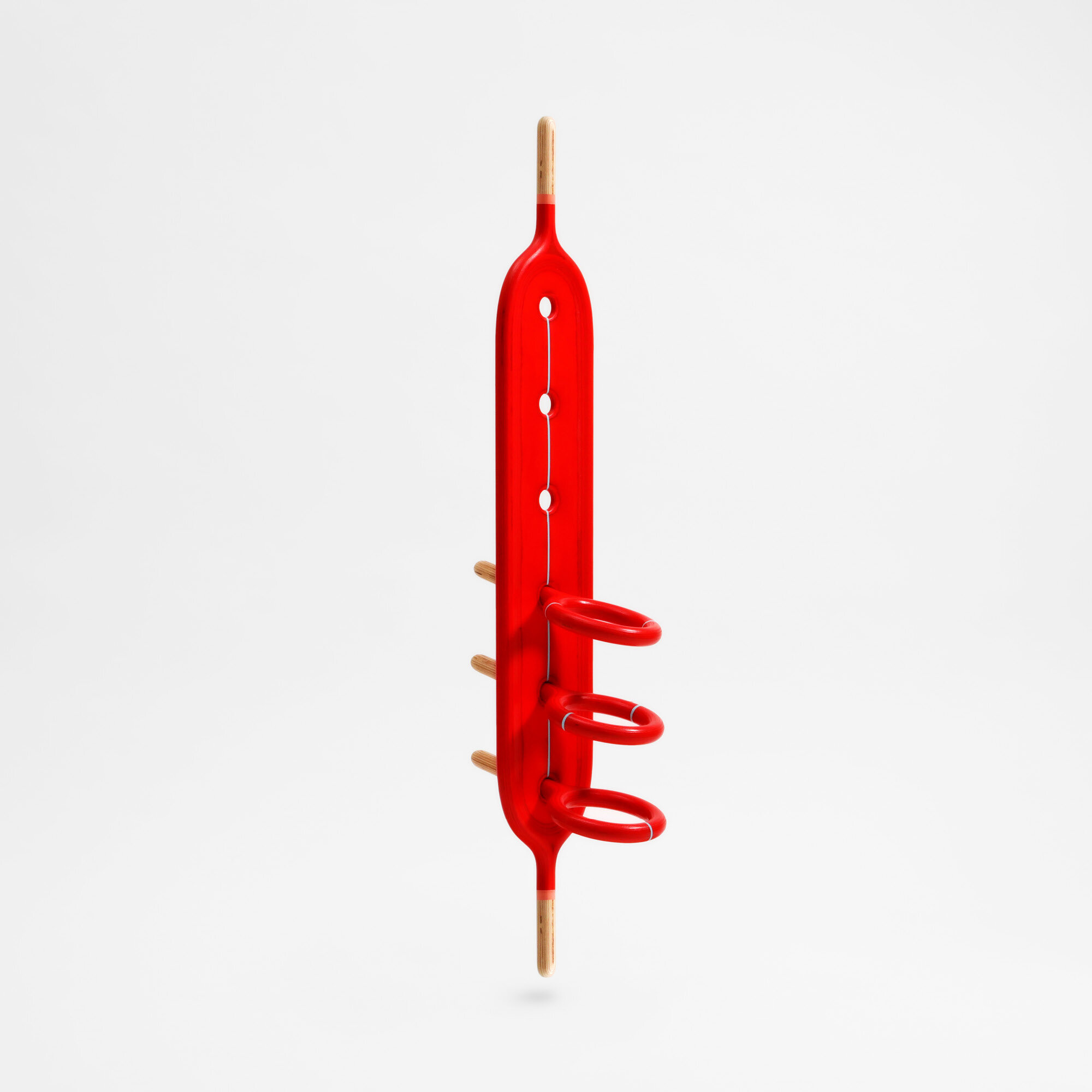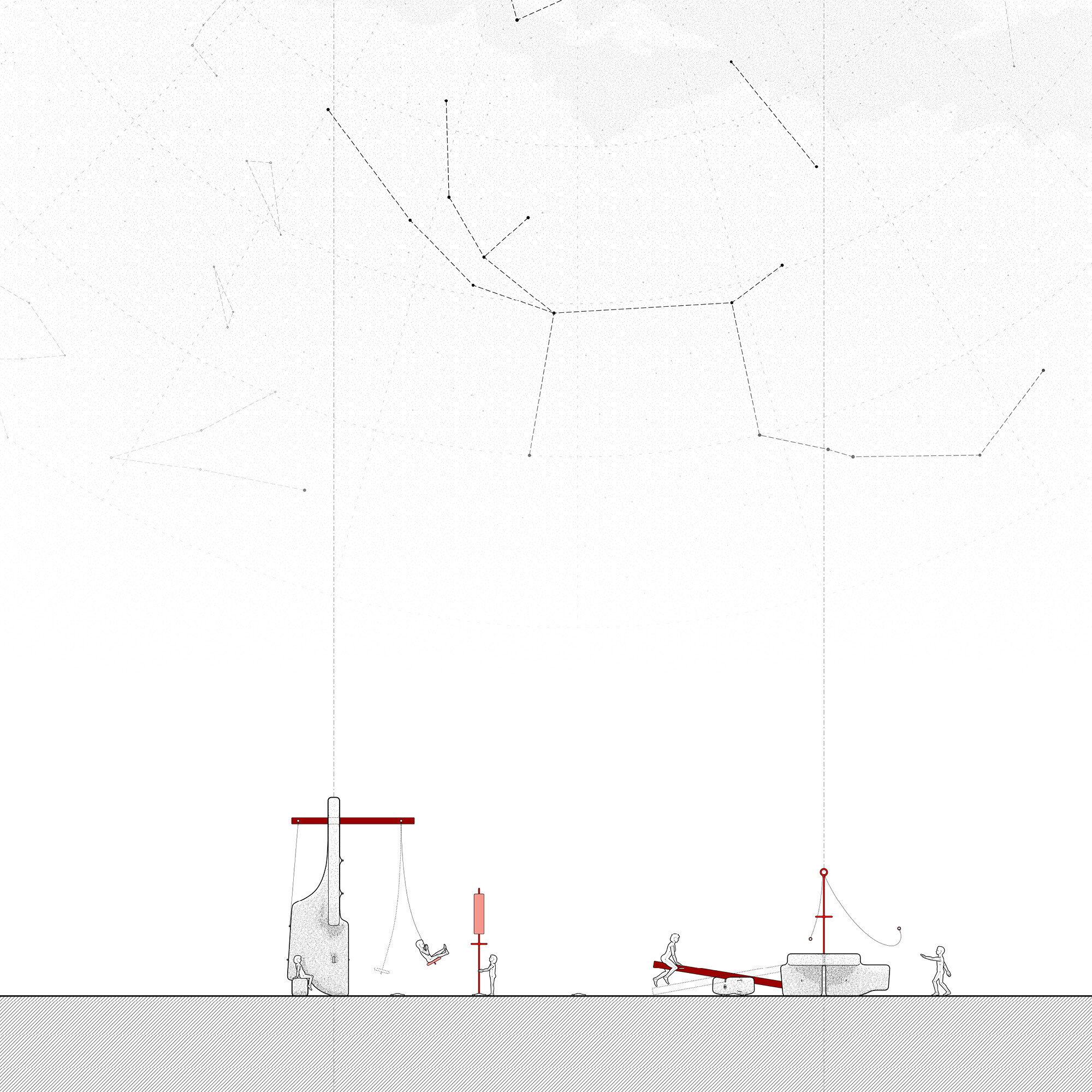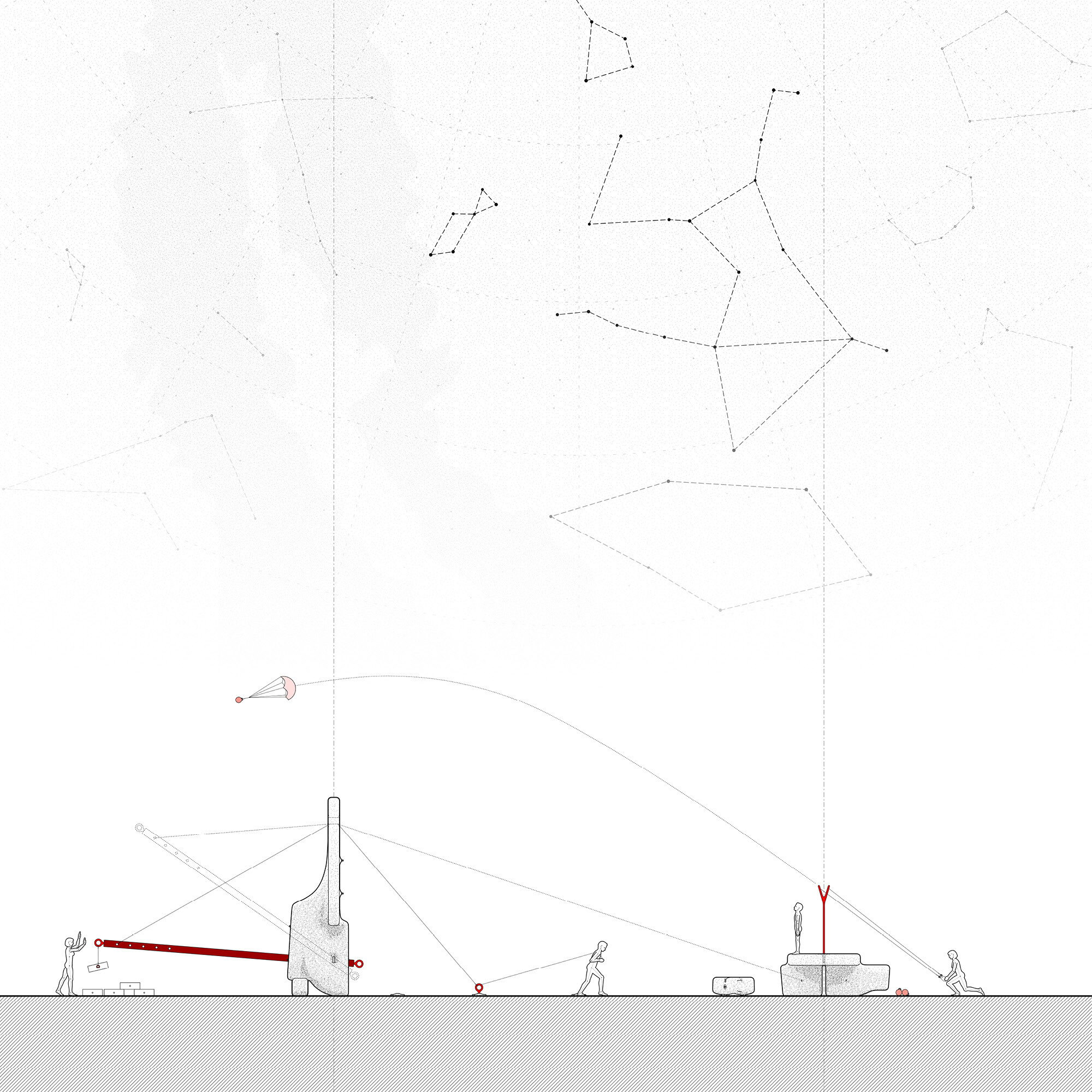Grayson Play-Lab
The Grayson Play-Lab is a model for integrating play into secondary education. In early childhood, play is dedicated to physical activities such as swings, slides, or monkey bars. But young adults deploy their imagination differently; through intellectual challenges, rigorous experiments, and world-building. This research is dedicated to reconsidering the relationship between play and outdoor education, encouraging the next generation of creative thinkers.
The play-lab is a scaffold to fuel the imagination of the project-based learning curriculum at The Grayson School. An otherworldly collection of curious concrete characters is situated in an open landscape. These colossal creatures are unlike other play-structures. The recognizable colors, textures, and materials of common play-structures have grown up. A series of details provide anchors to tie rope off to, or receive standard dimensional lumber. They are engineered to accept the maximum load the students can throw at them, while also flexible enough to allow the students and teachers to fabricate their own extensions — to take measurements, conduct physics experiments, anchor a game, or confirm a trigonometry equation. These details are practical as much as they are cryptic, with alignments to themselves as well as the cosmos. These alignments are developed in concert with the curriculum of the school. Over the course of their education, students are challenged to discover the meaning behind these design decisions, to calculate their coordinates, and understand the logics of how high-design can influence their whimsical but rigorous education.
To spark agency for the students, a family of wooden instruments, called ‘glyphs’, serve as a starter kit to bring the play-lab to life. Reminiscent of a type-set, each is unique, but share properties with their neighbors. These colorful tools have dimensions and forms that suggest a usefulness without overtly prescribing singular functions. This blending of utilitarian and ceremonial pressures is crafted to inspire a state of world-building. As a system, the glyphs are designed to be expanded as the students develop their own language.
The concept for this play-lab is to create a space that provides a foundation to encourage the development of a world that need not rely on deterministic outcomes. The more time spent with the play-lab leads to a deeper understanding; which in turn, opens up greater discoveries for the students and teachers to unpack.

